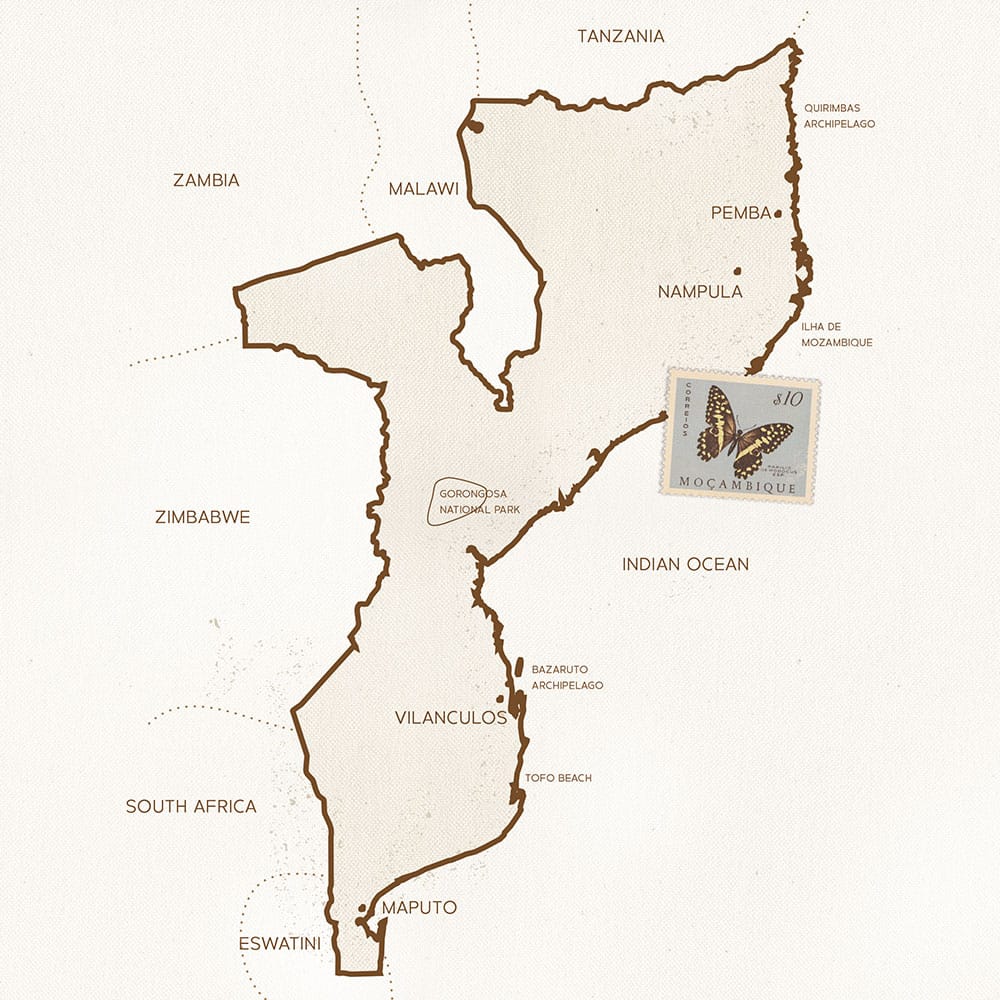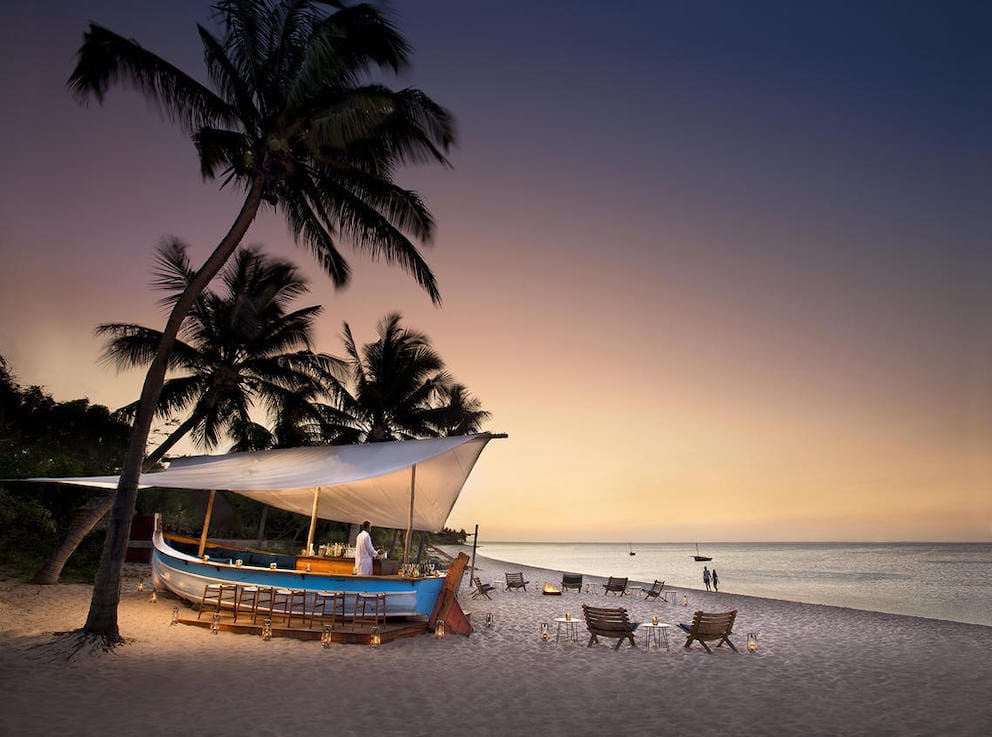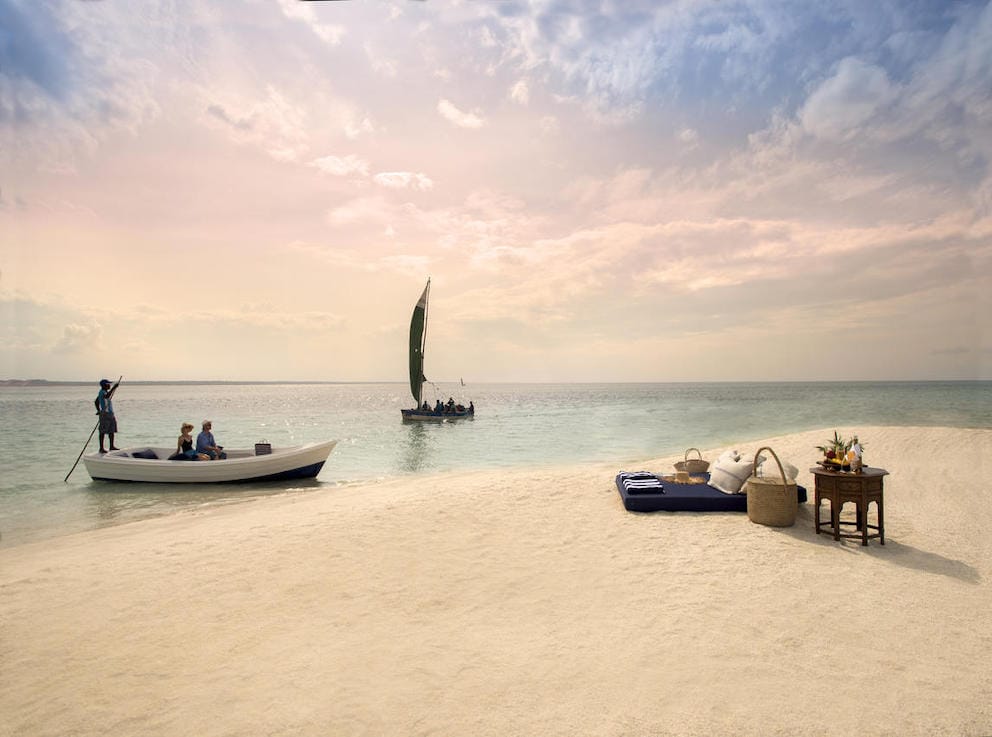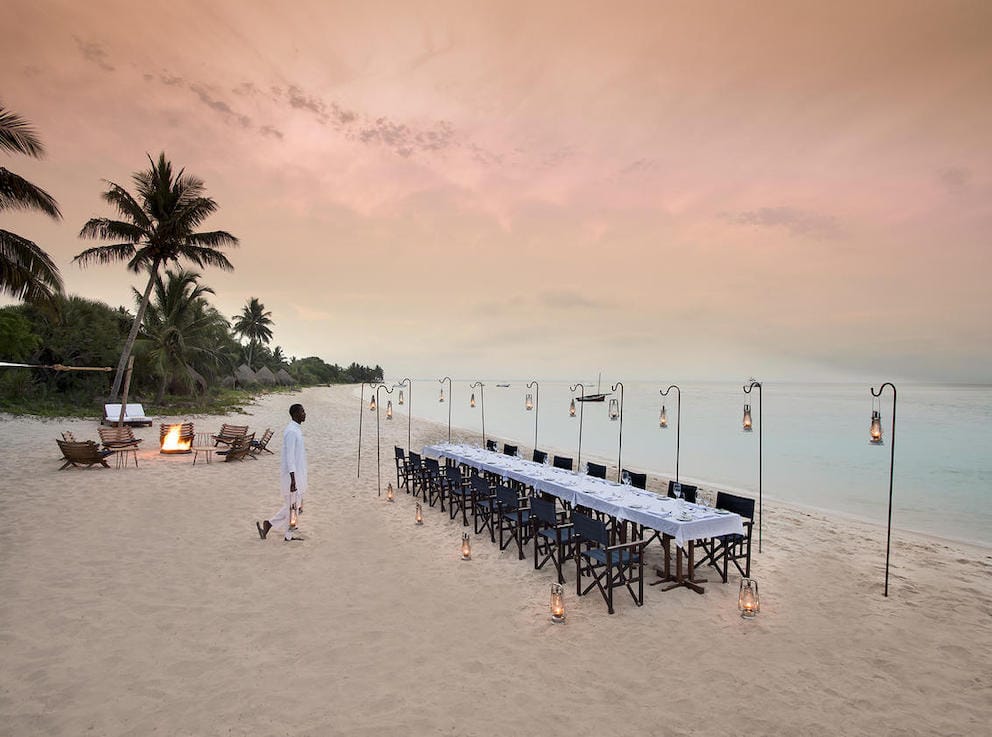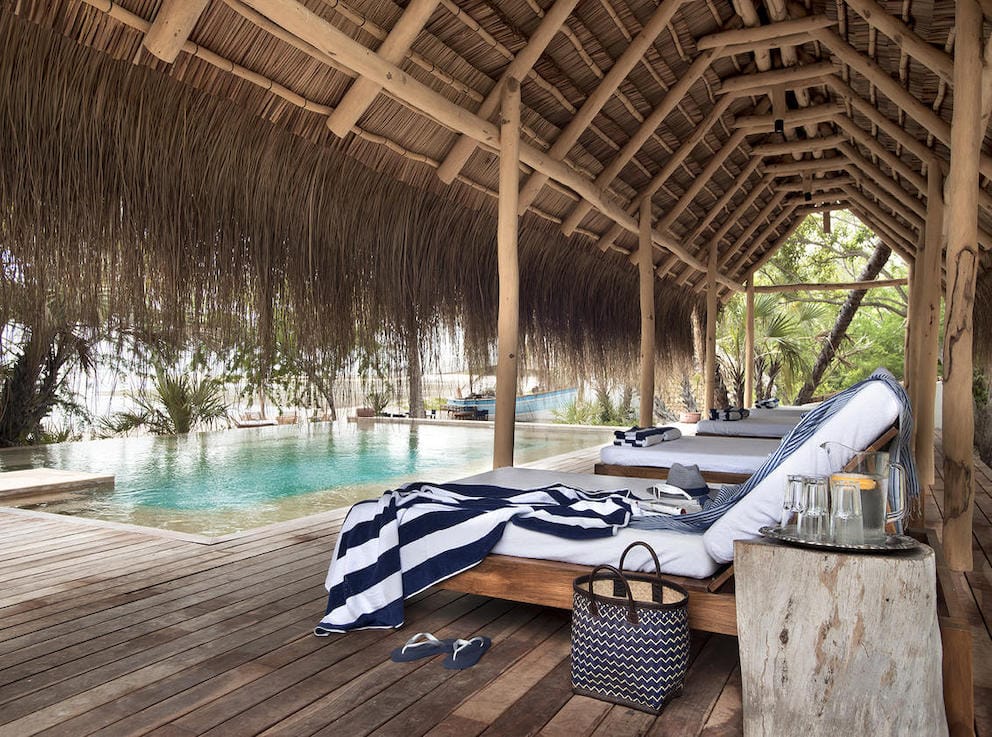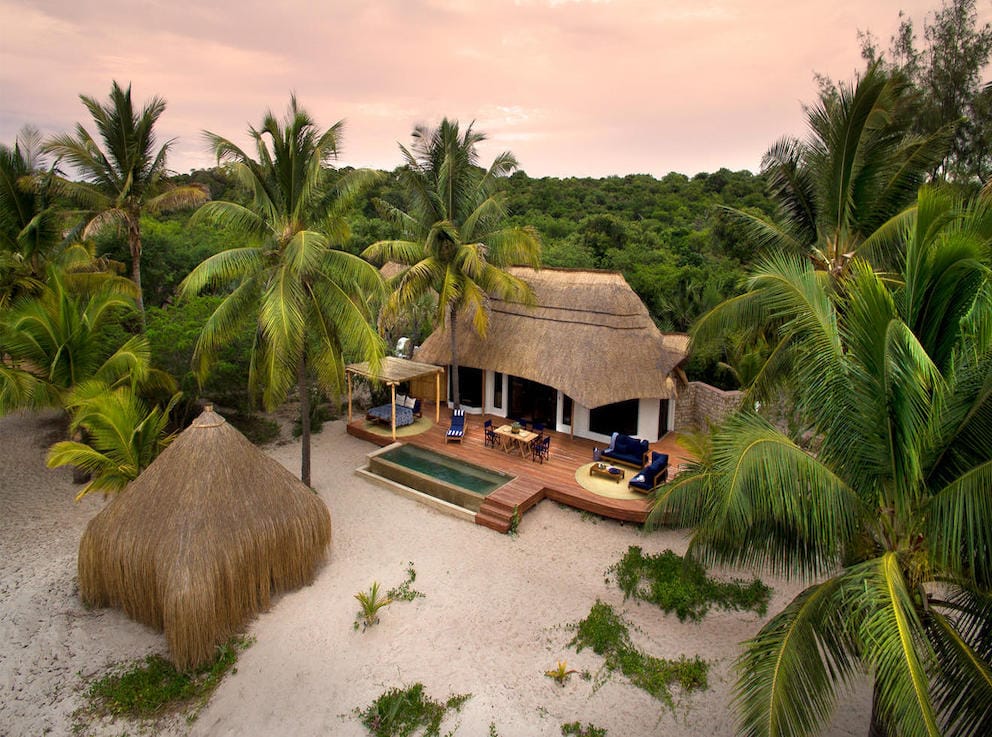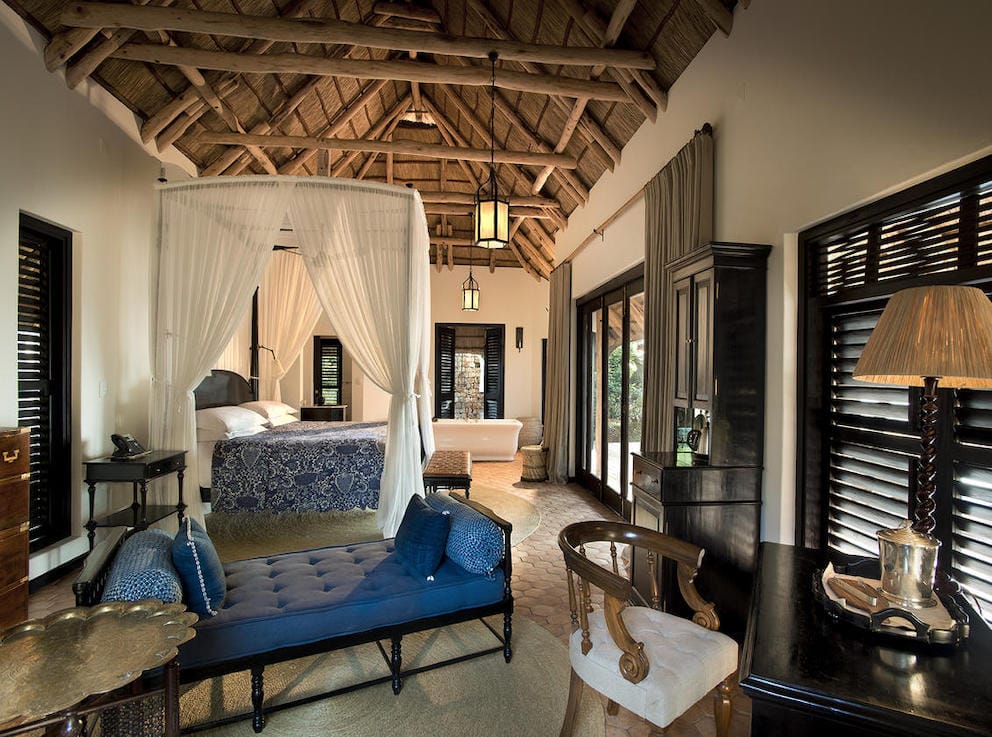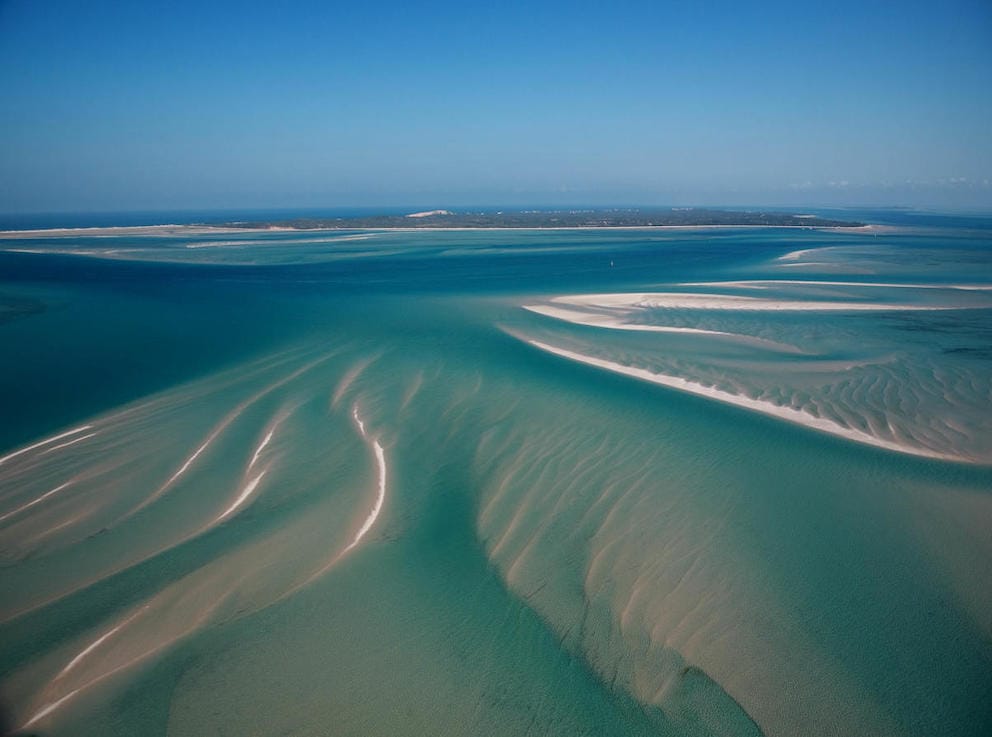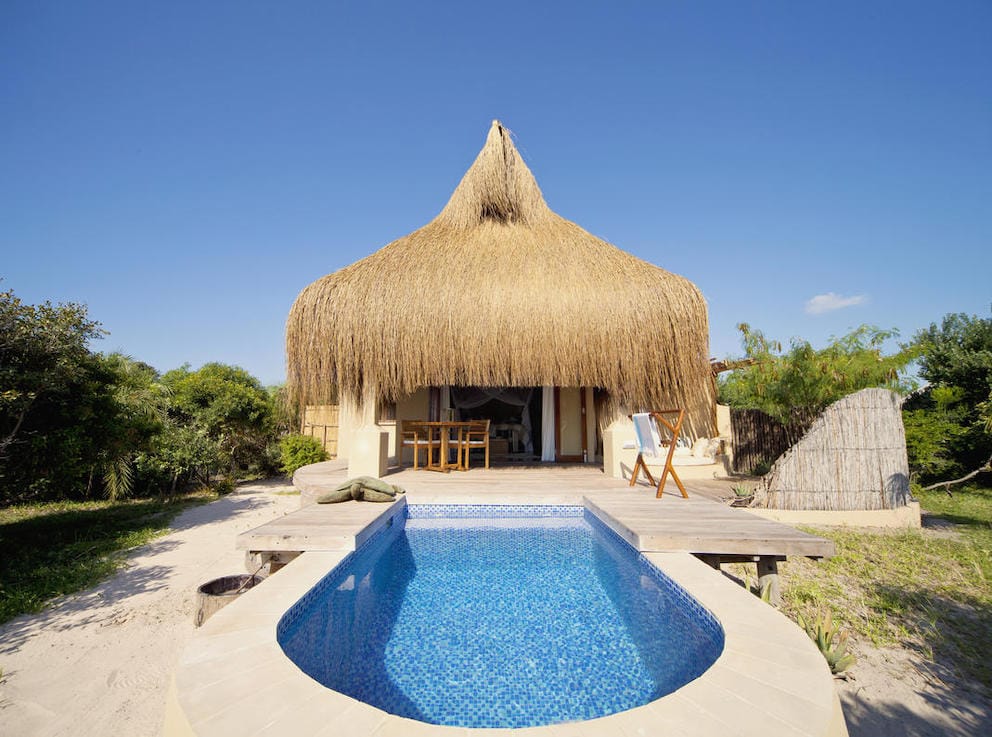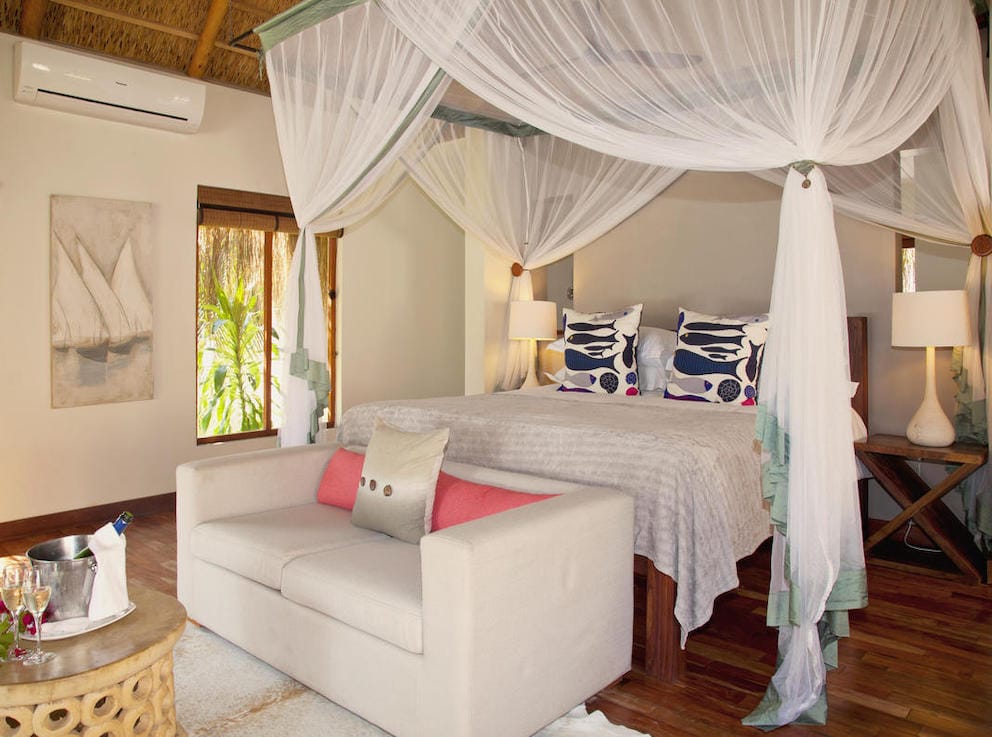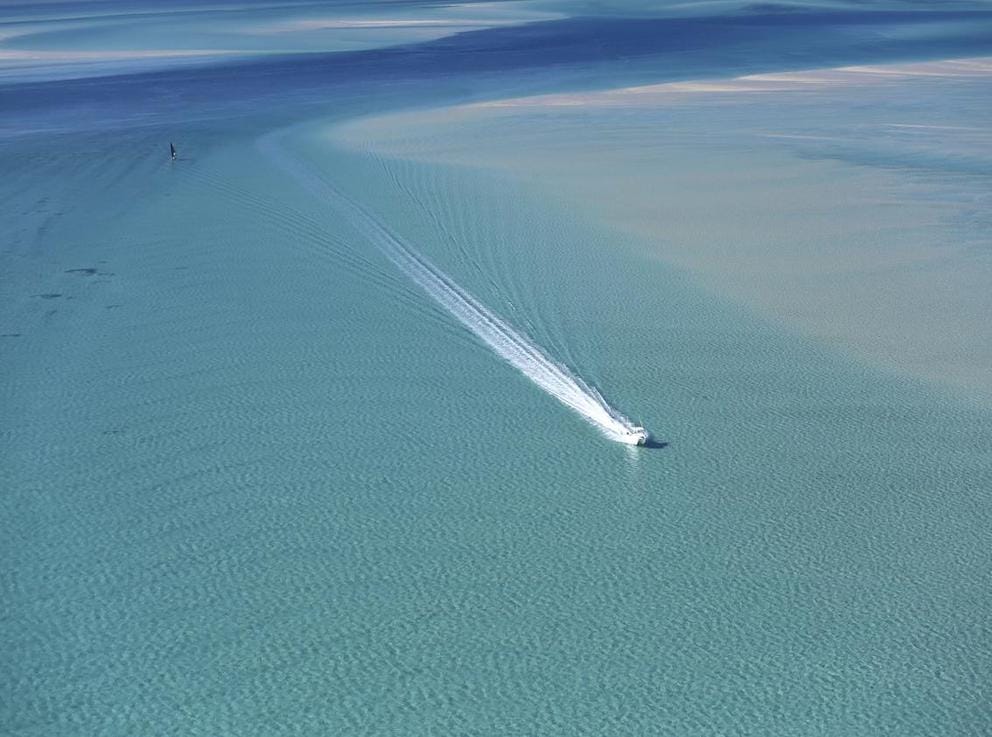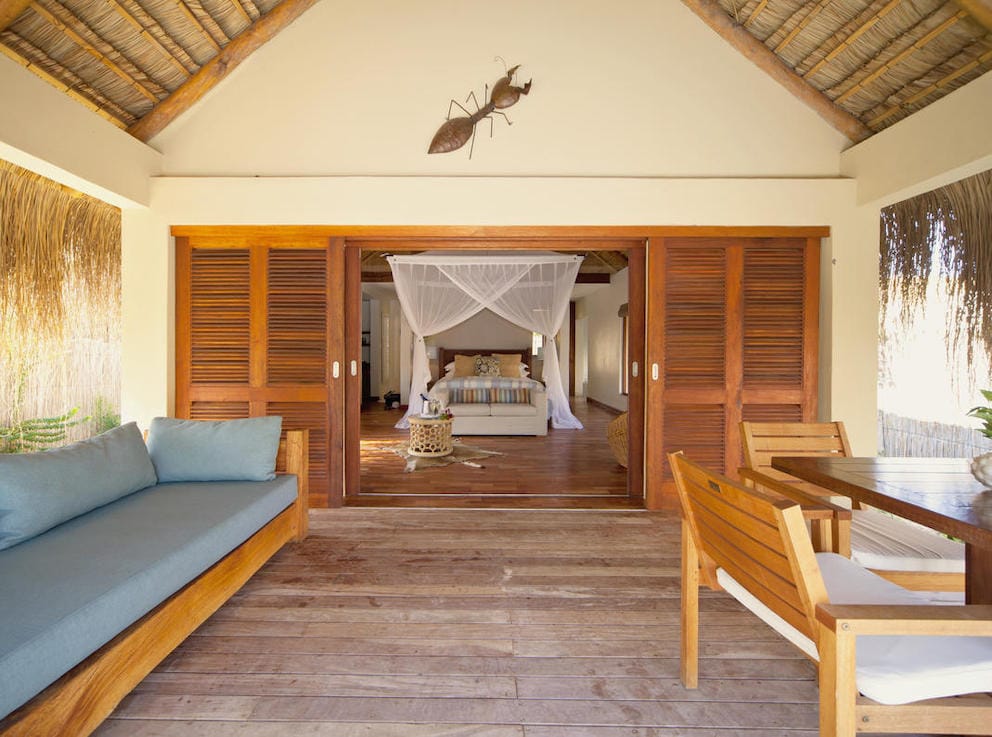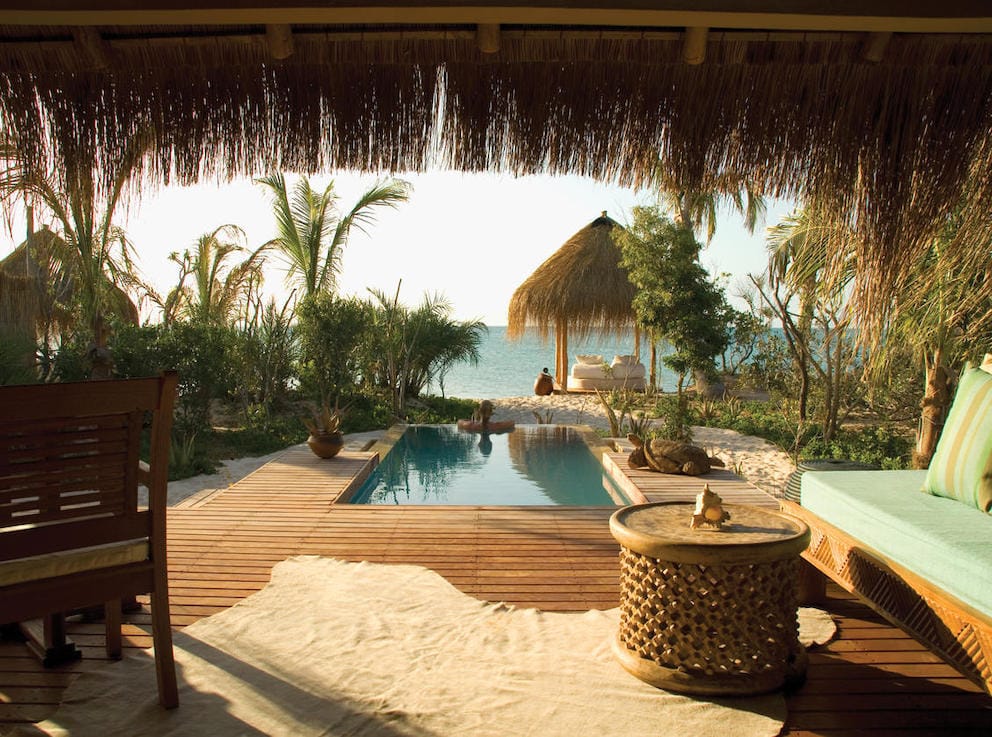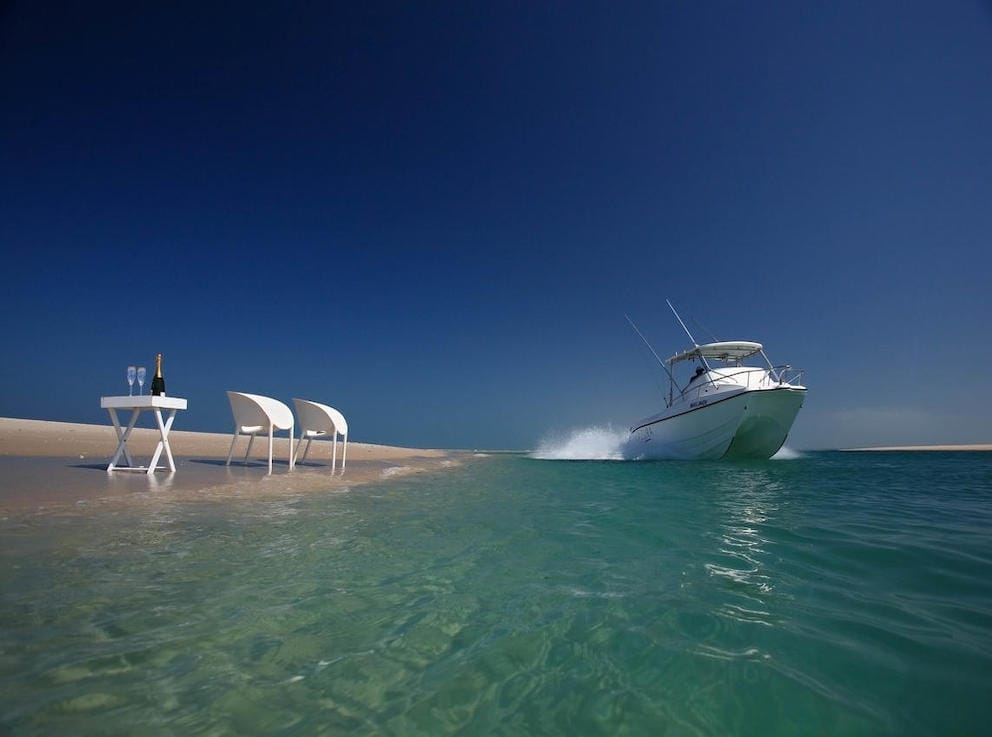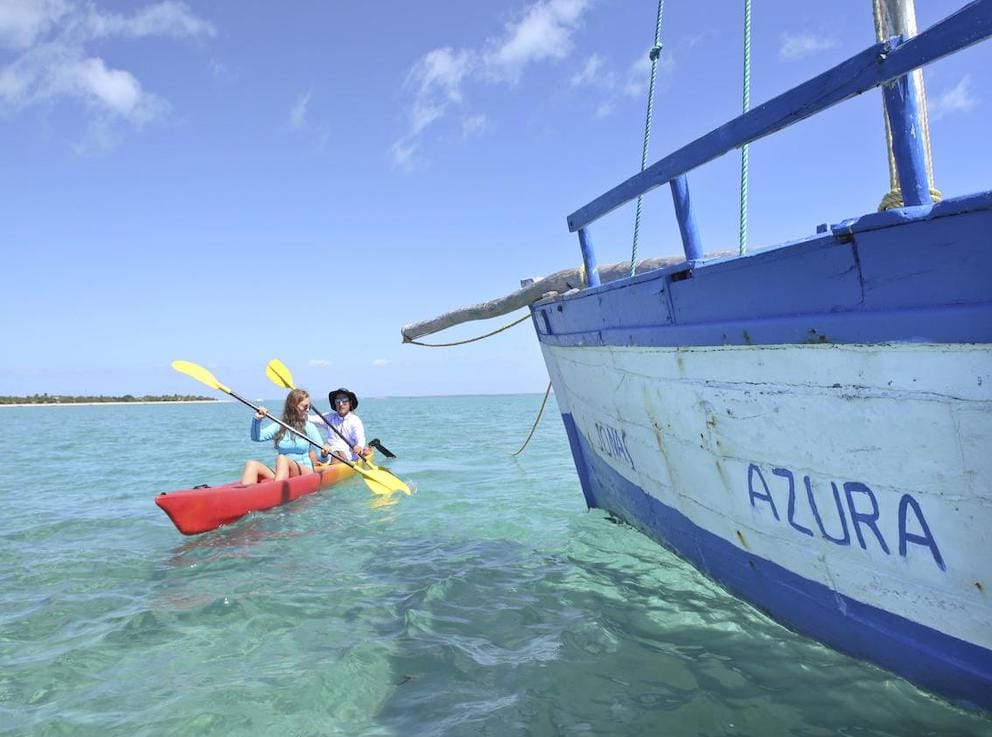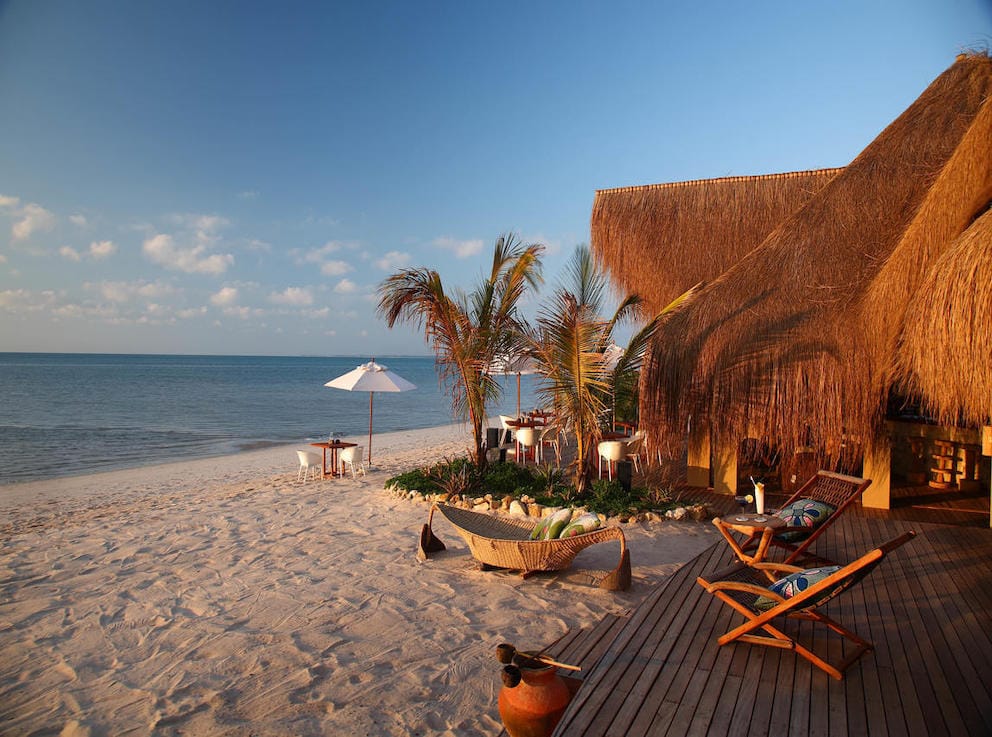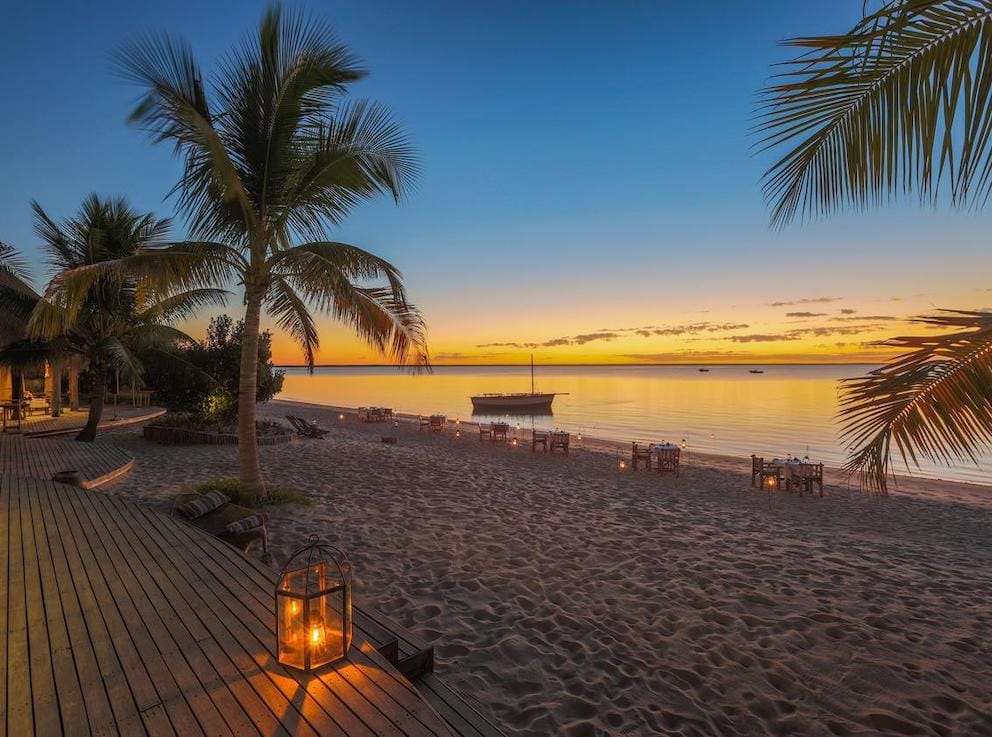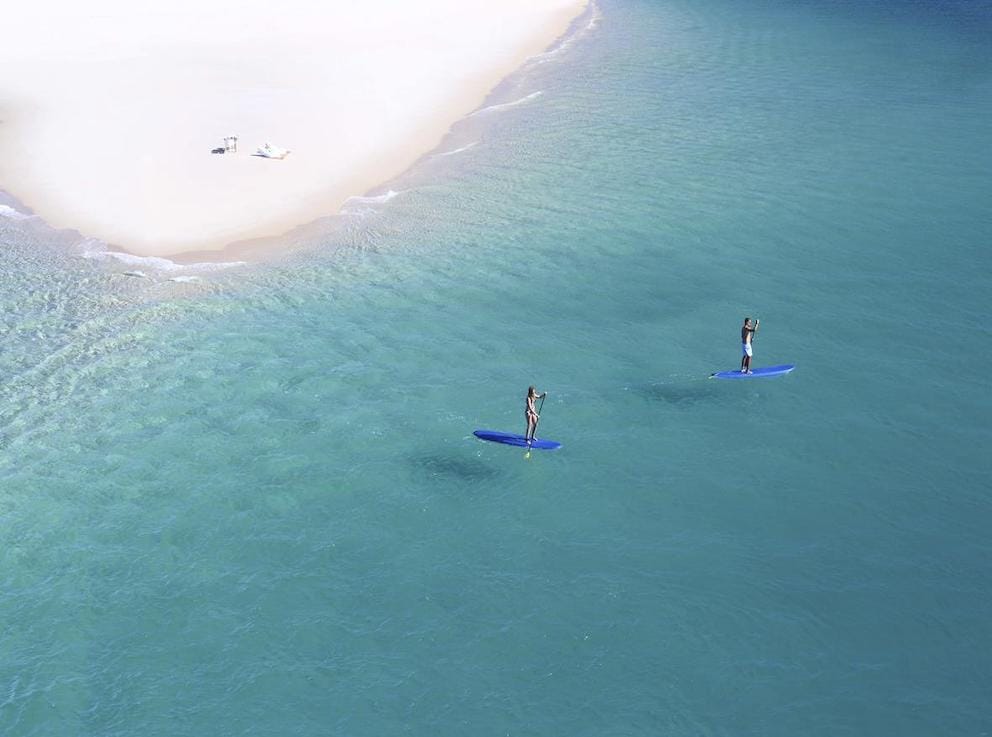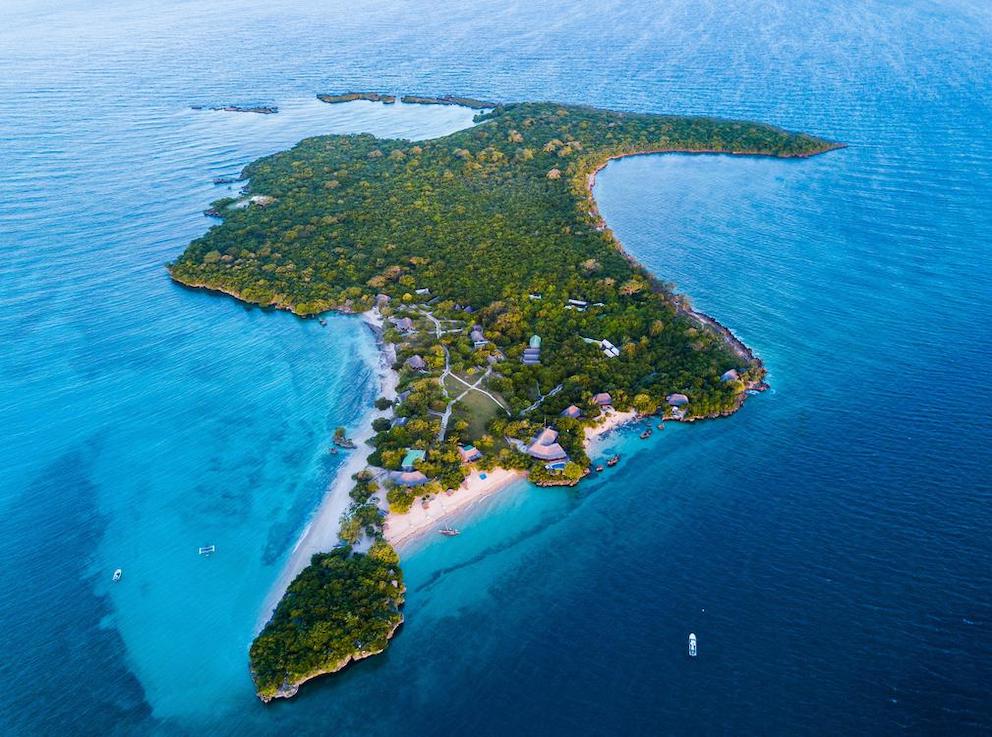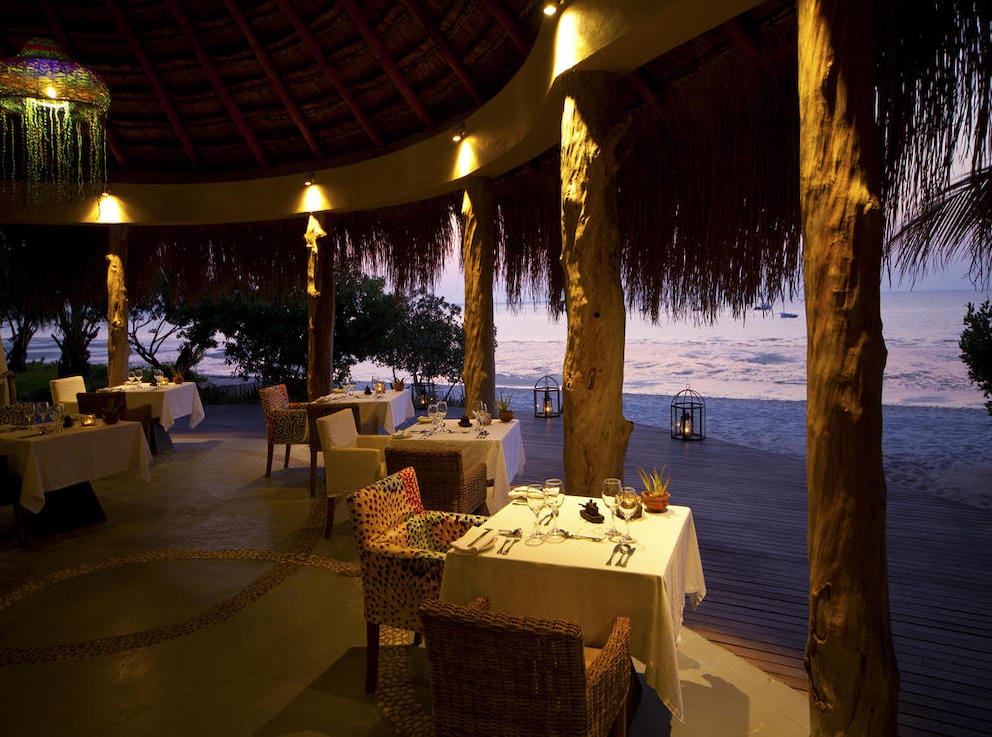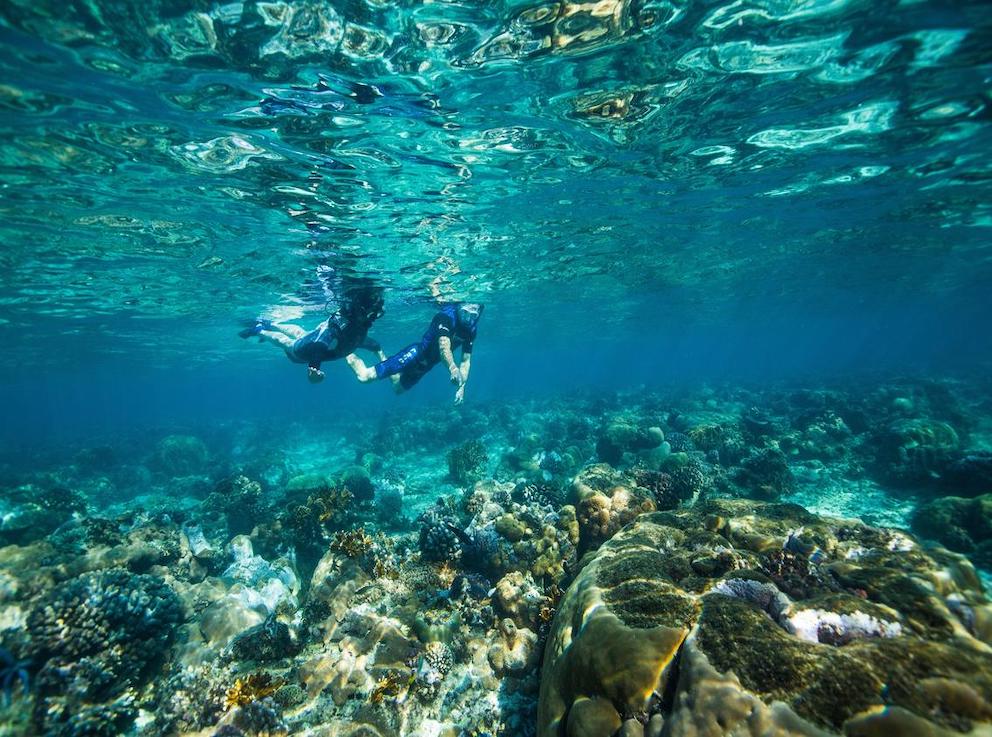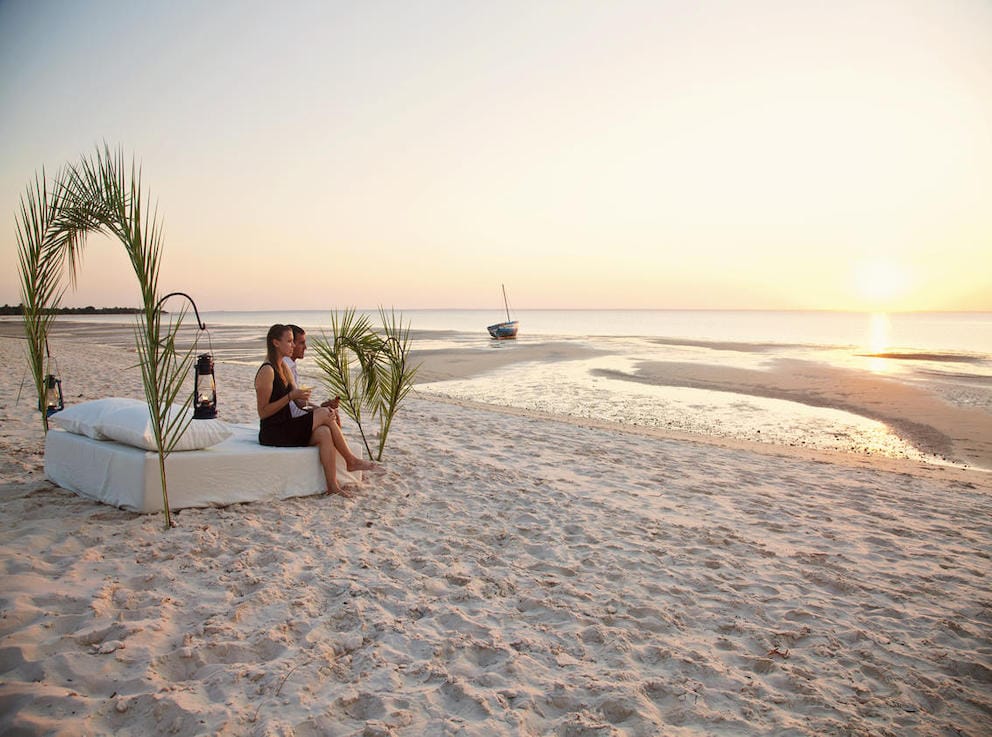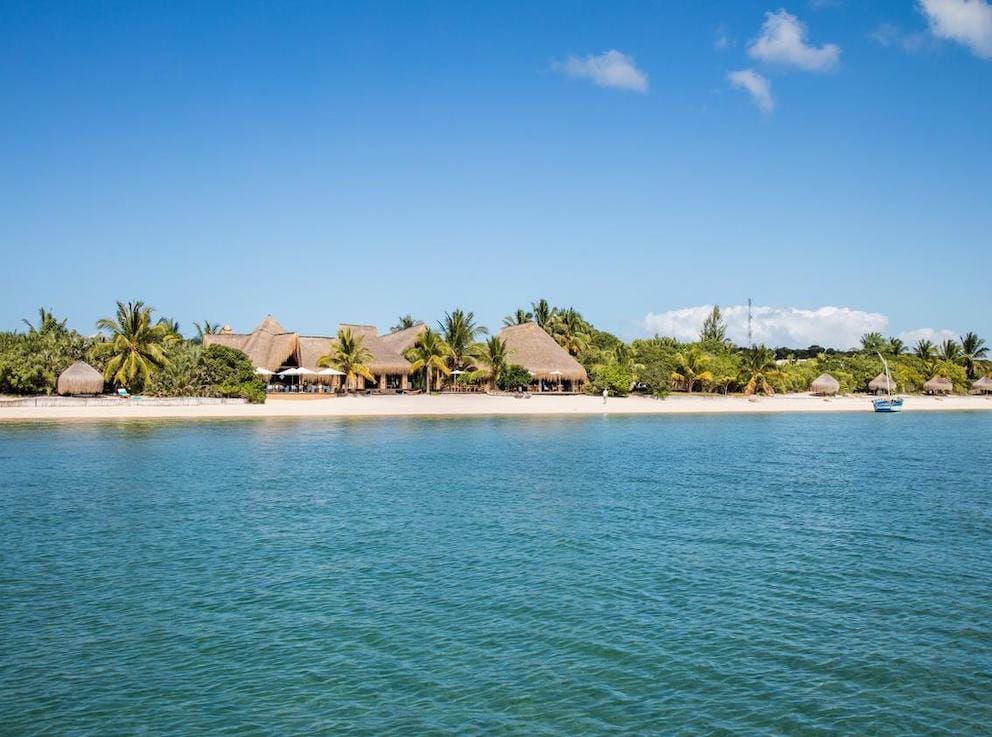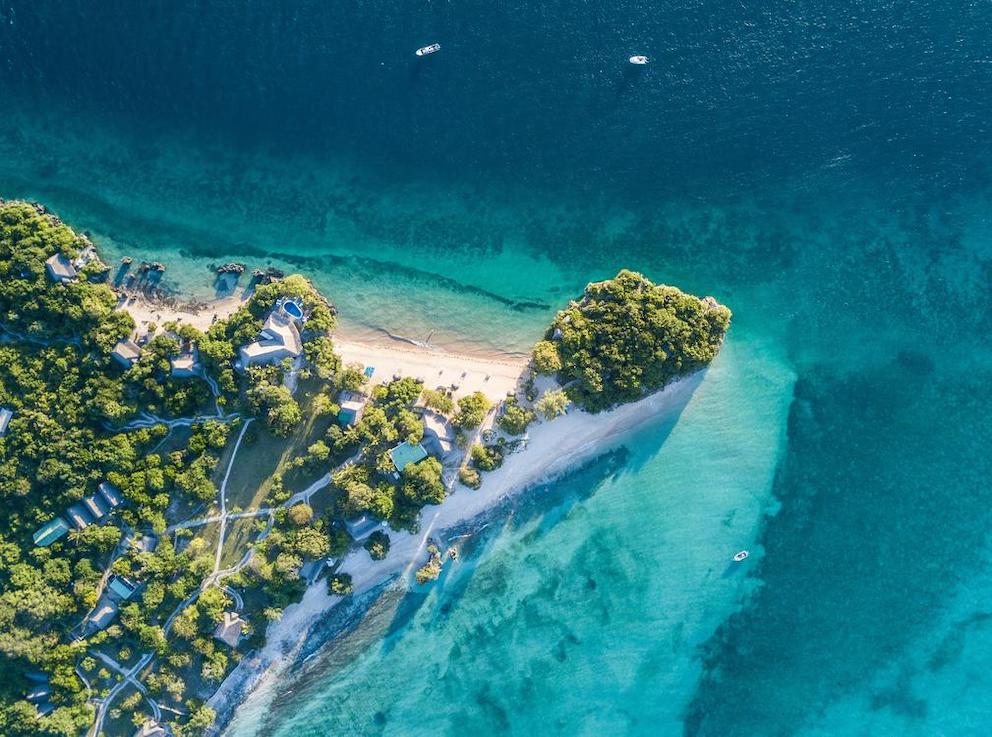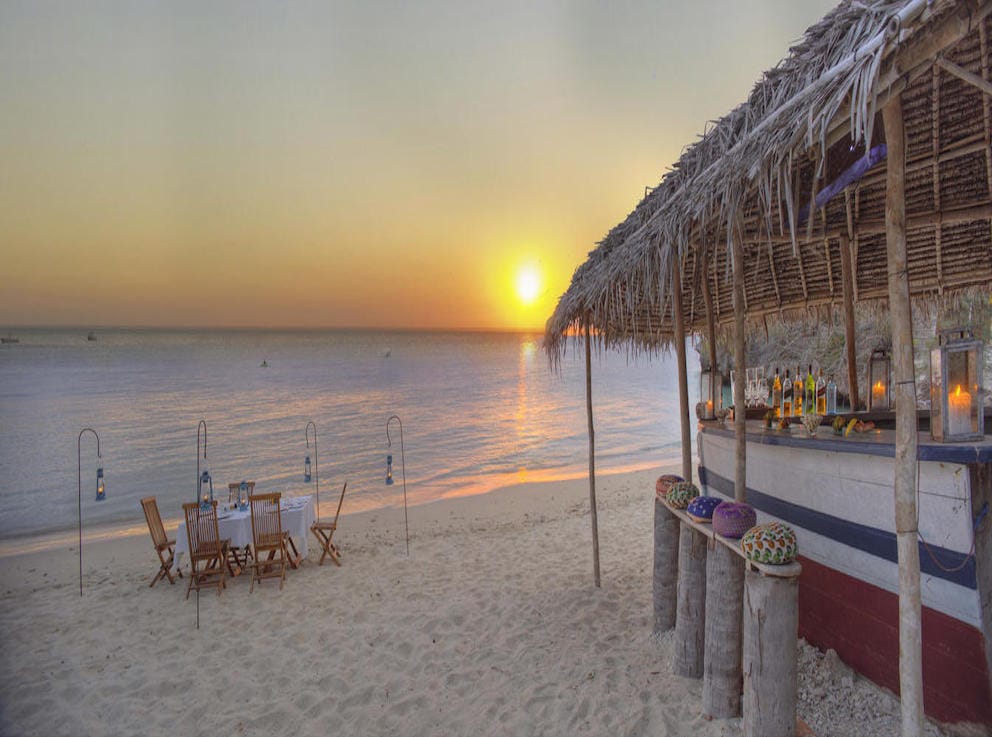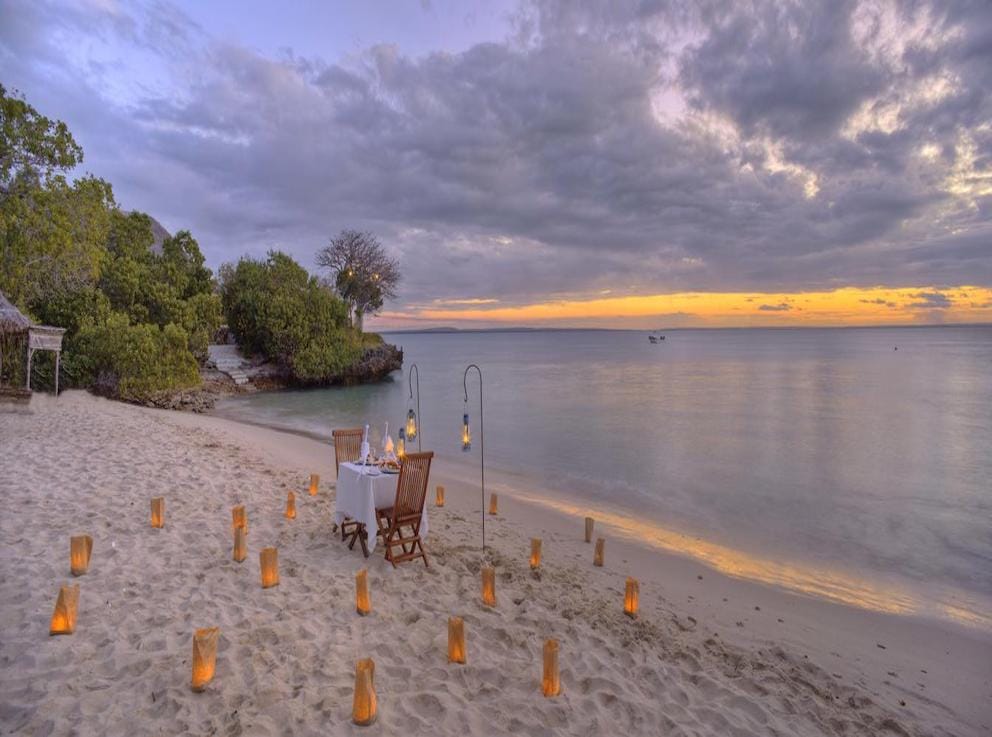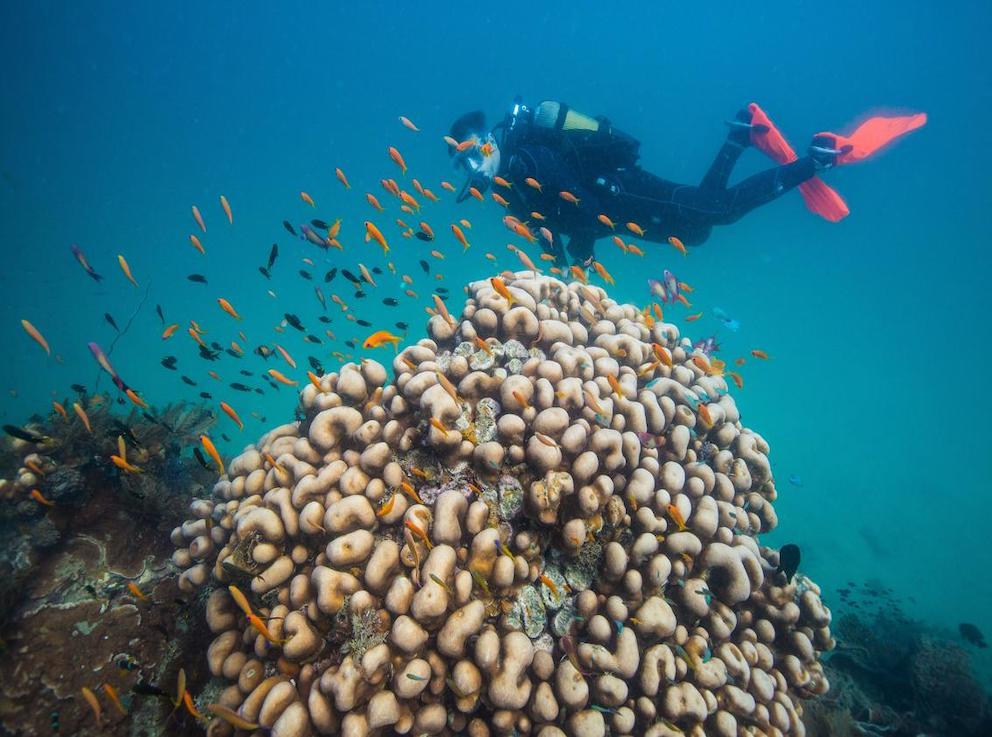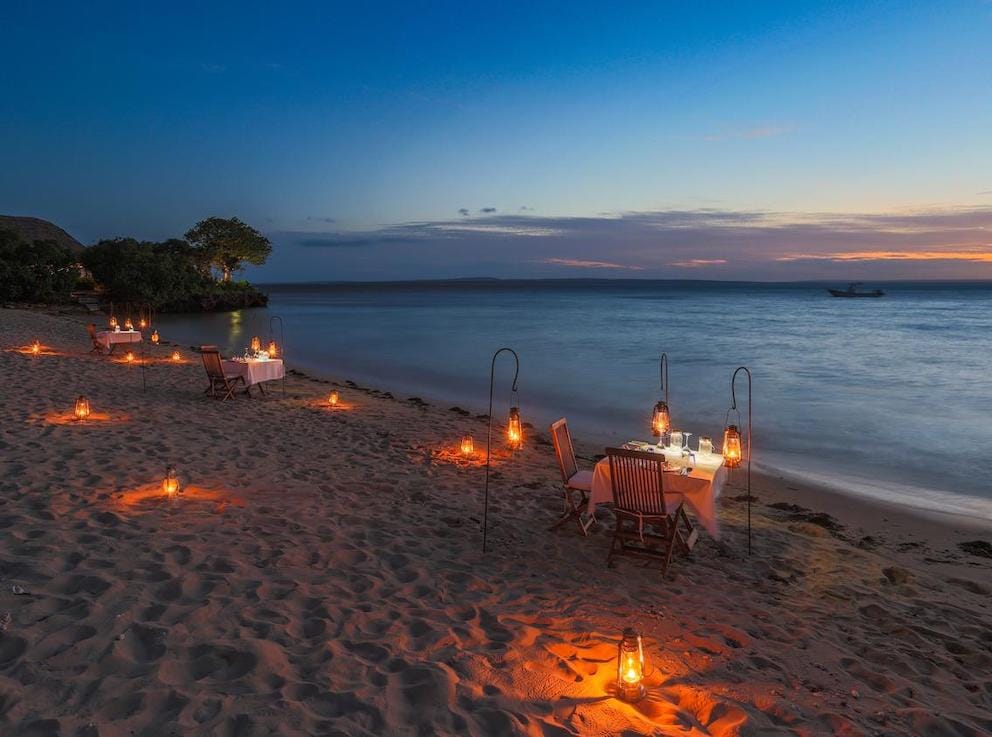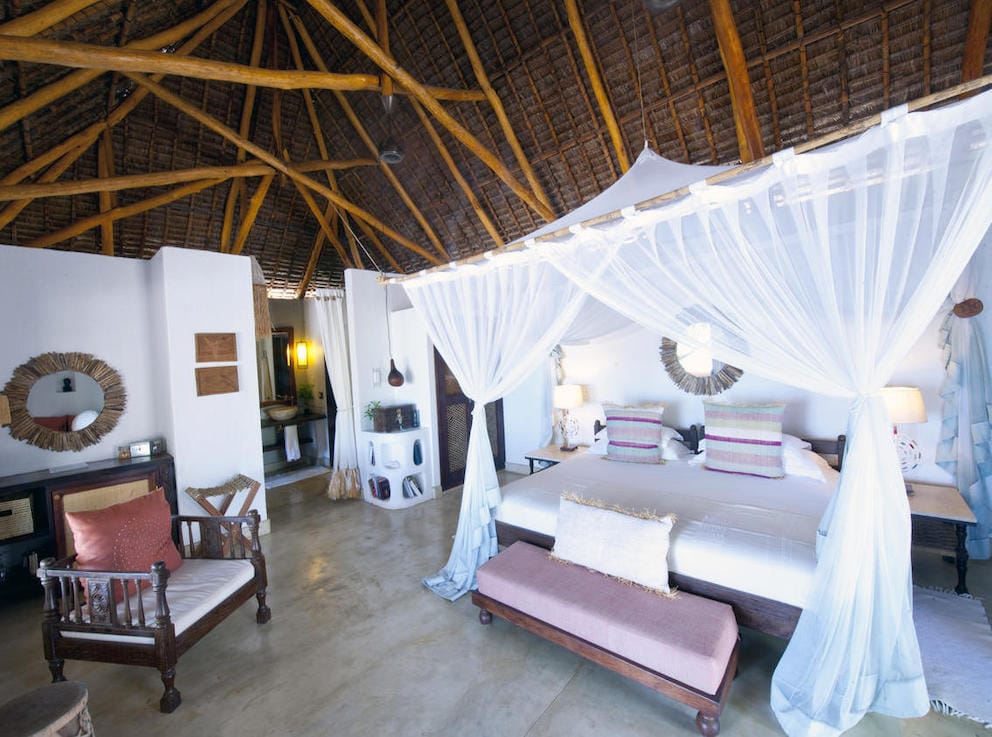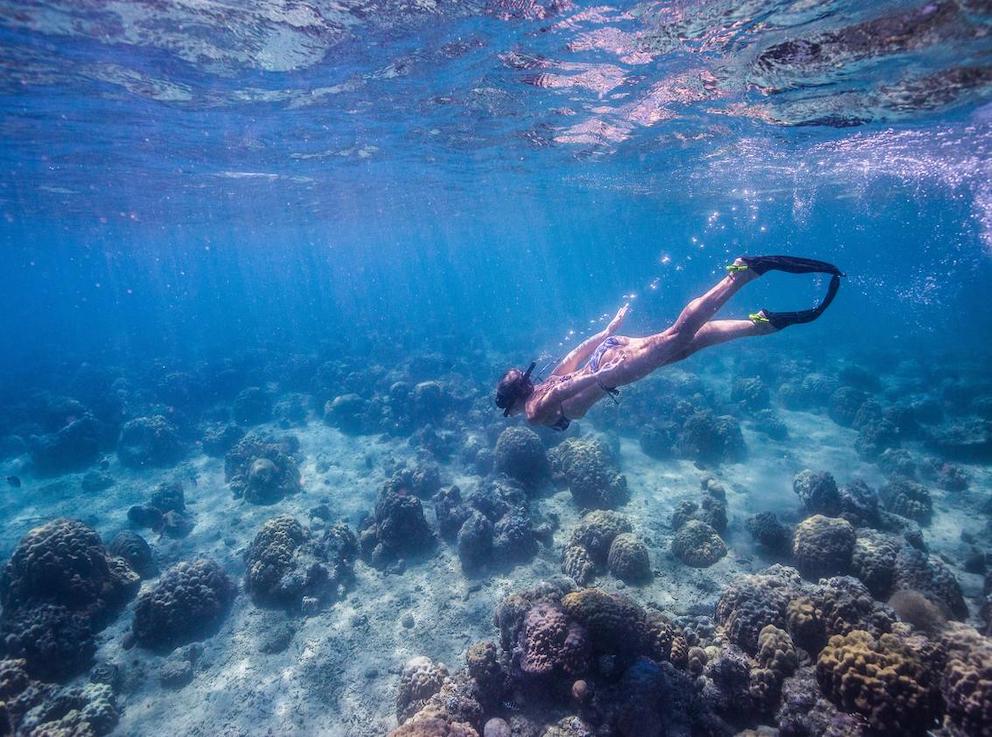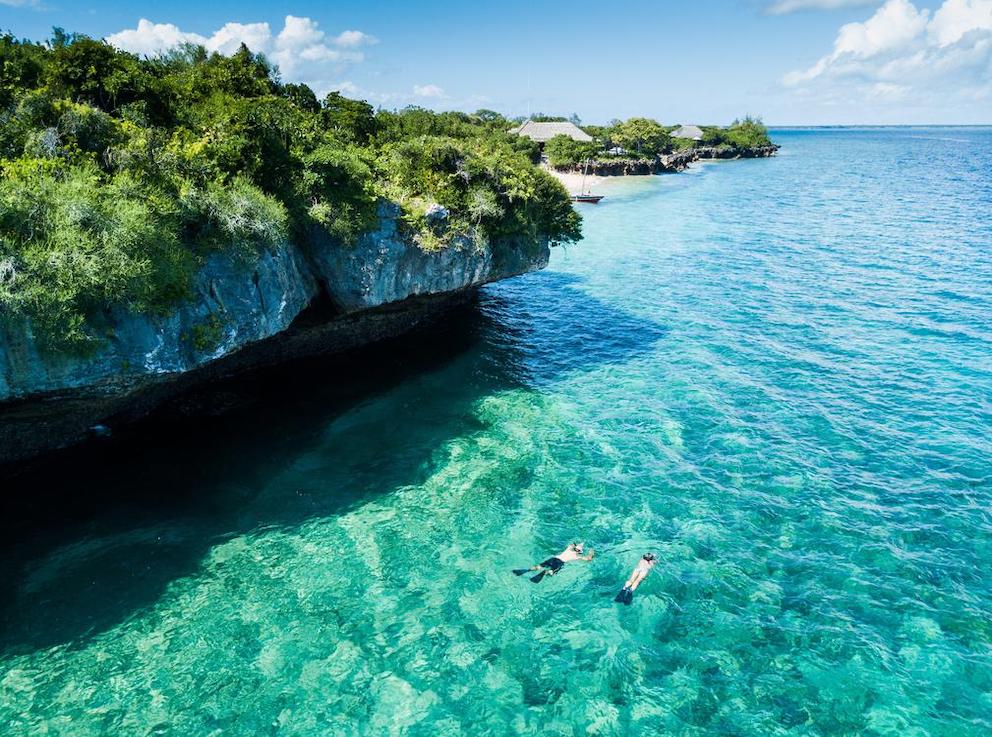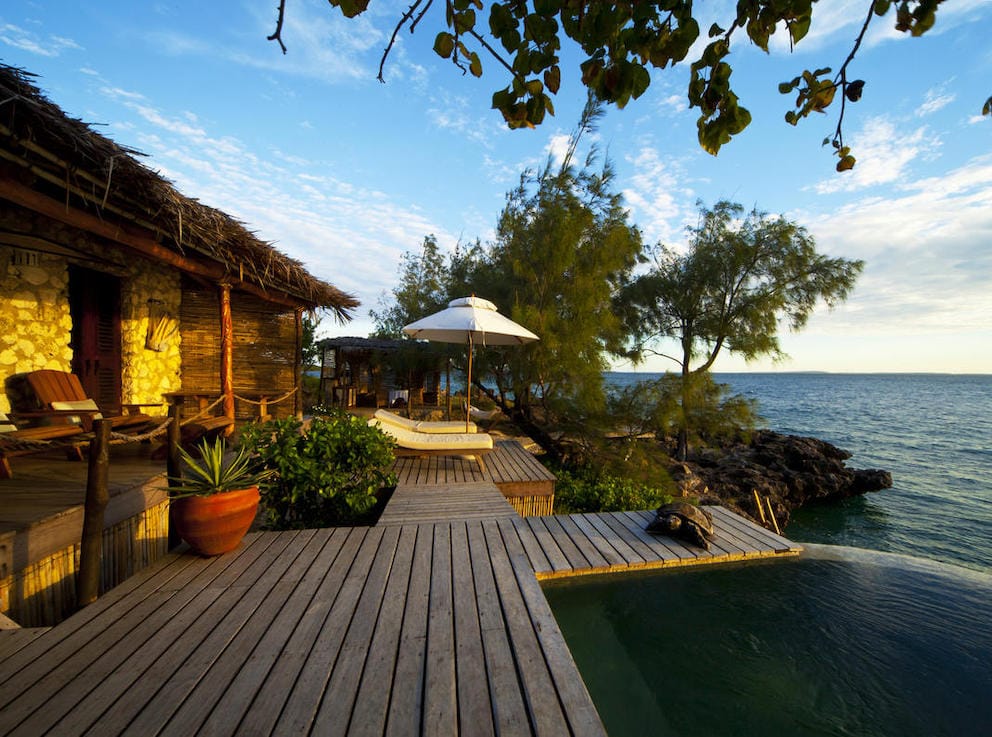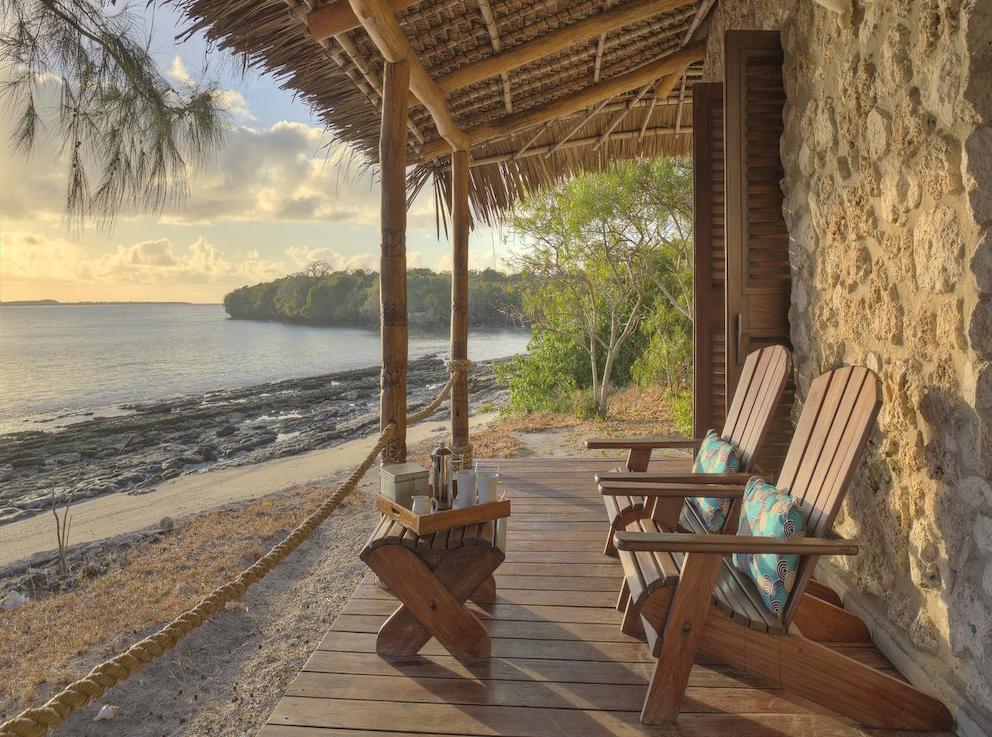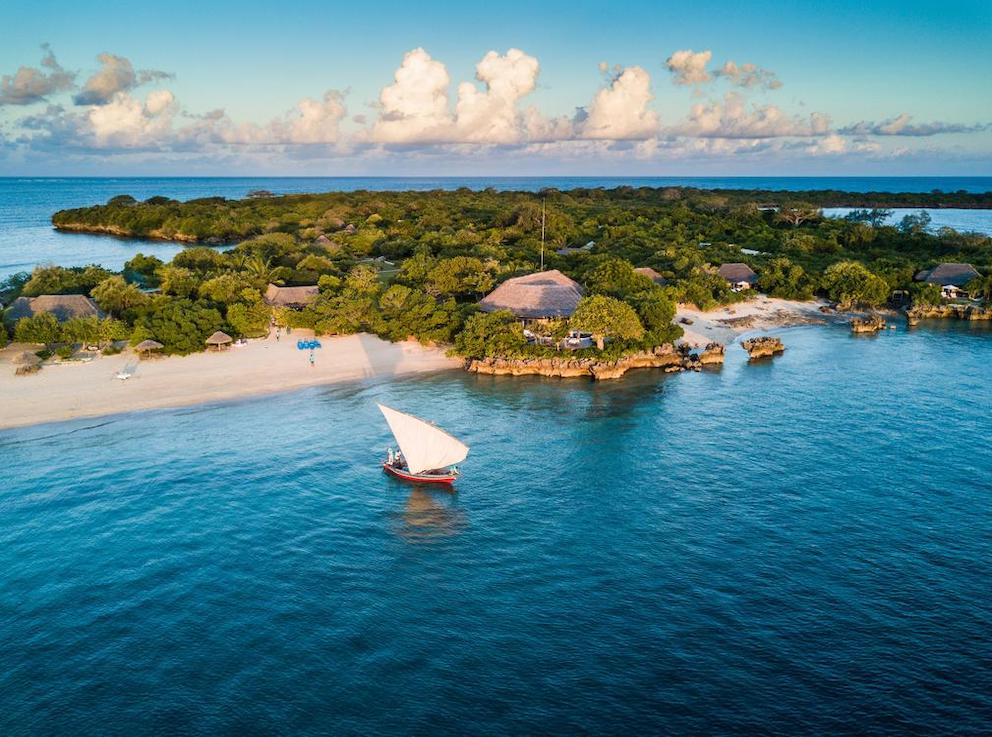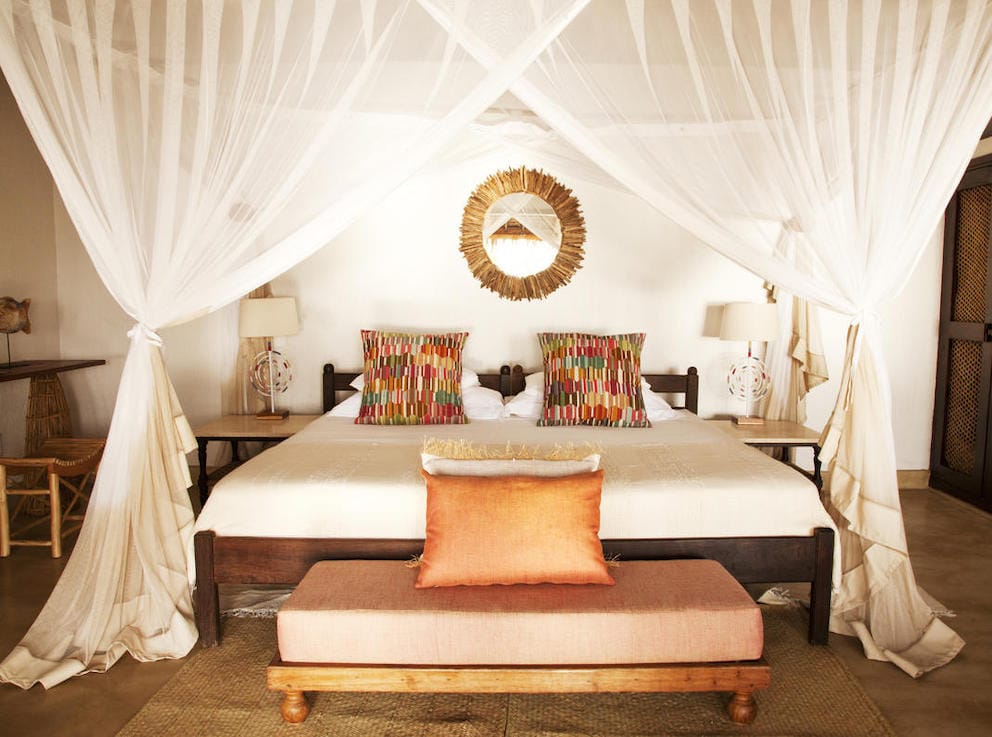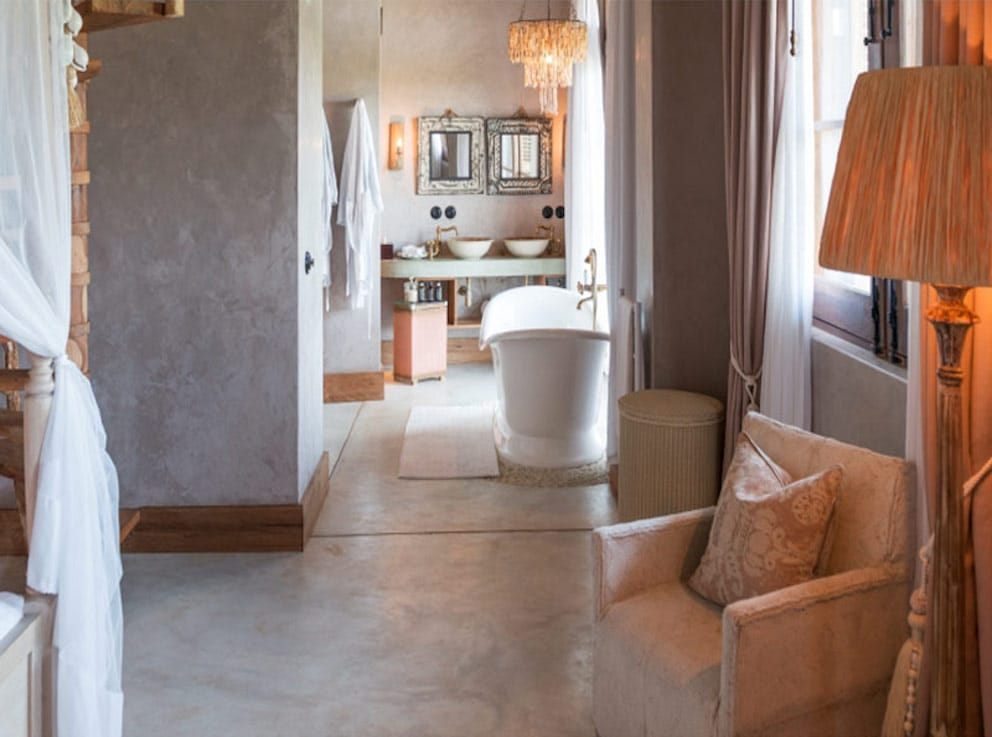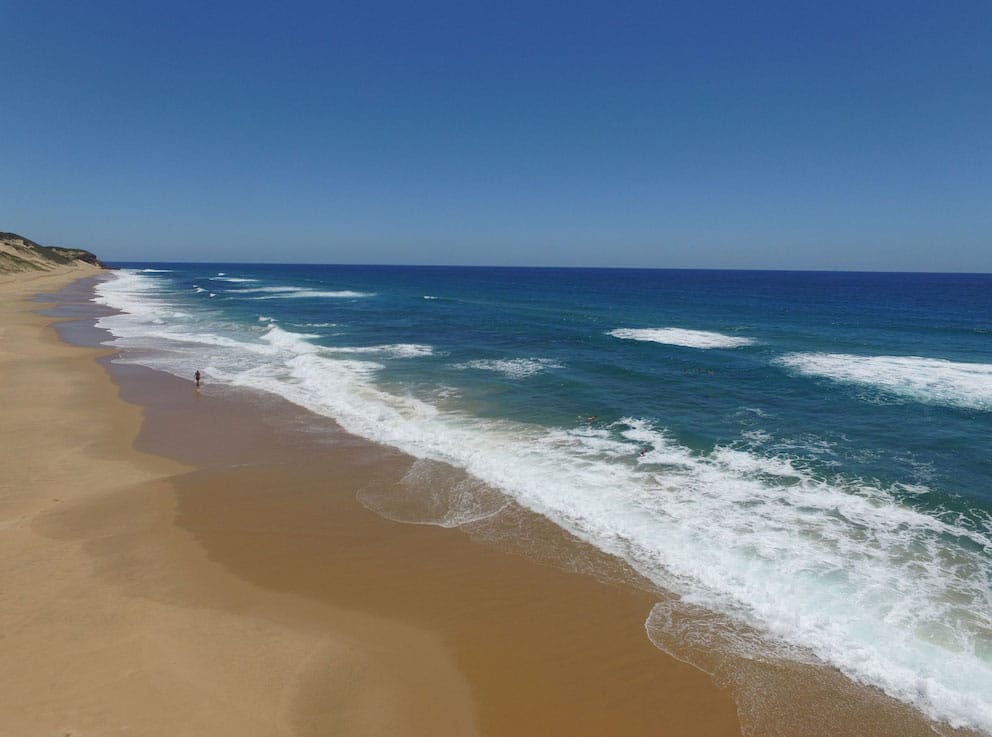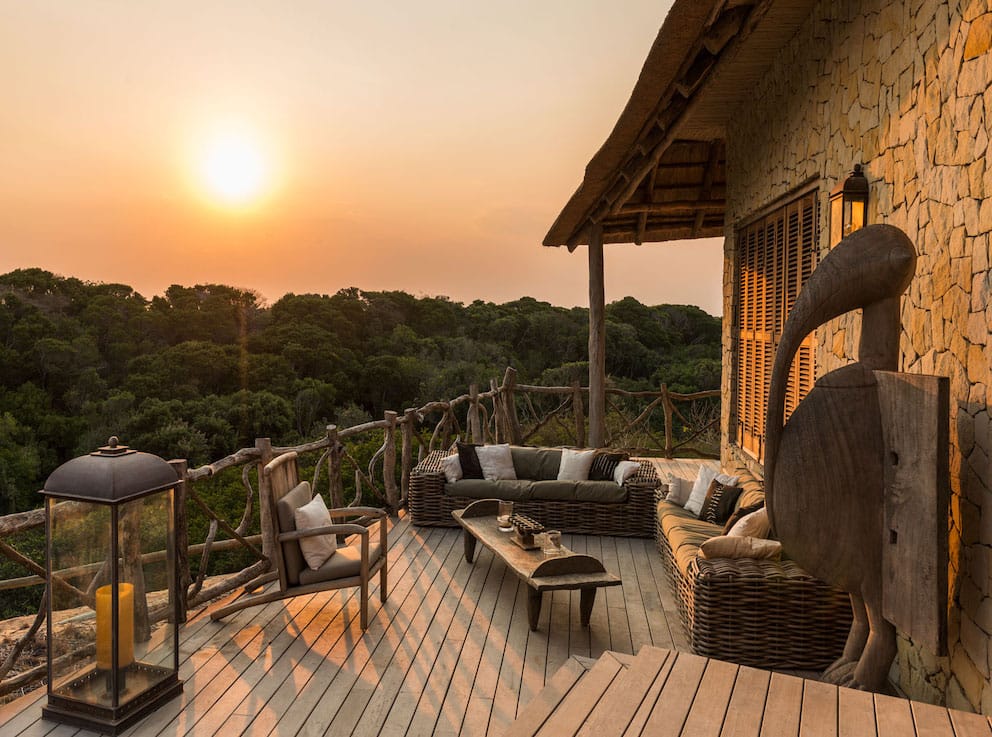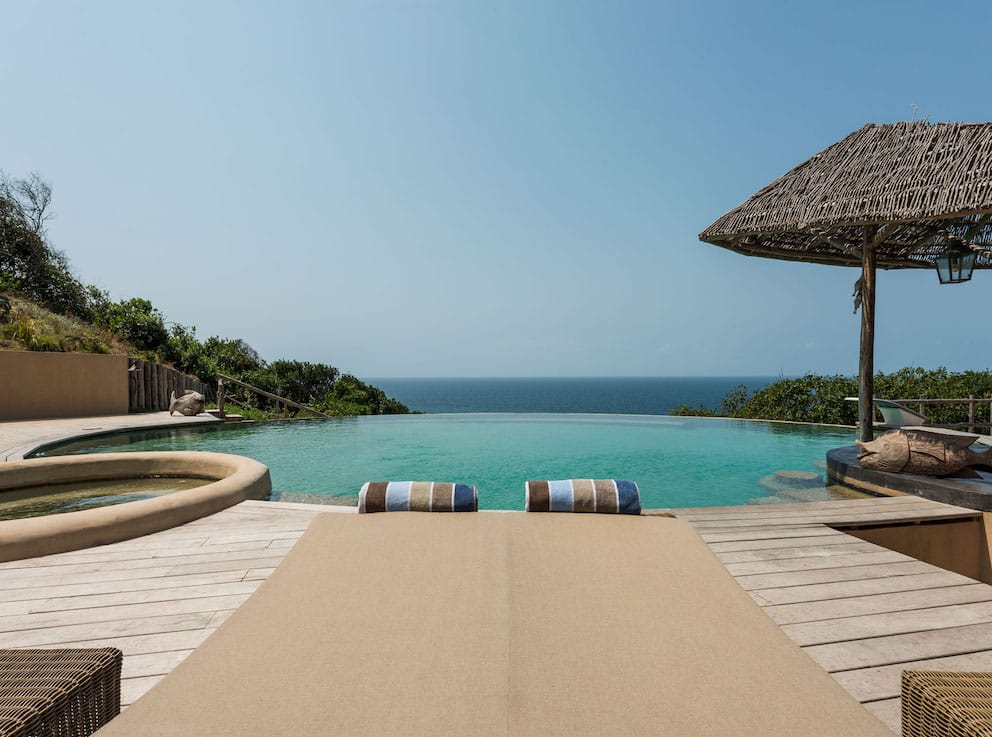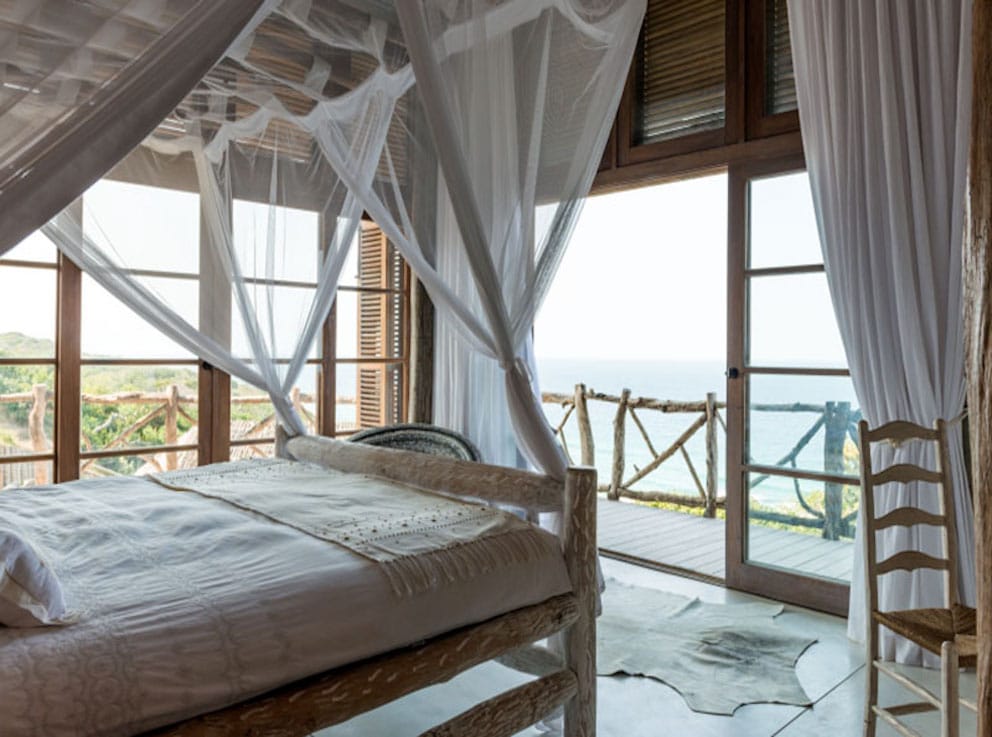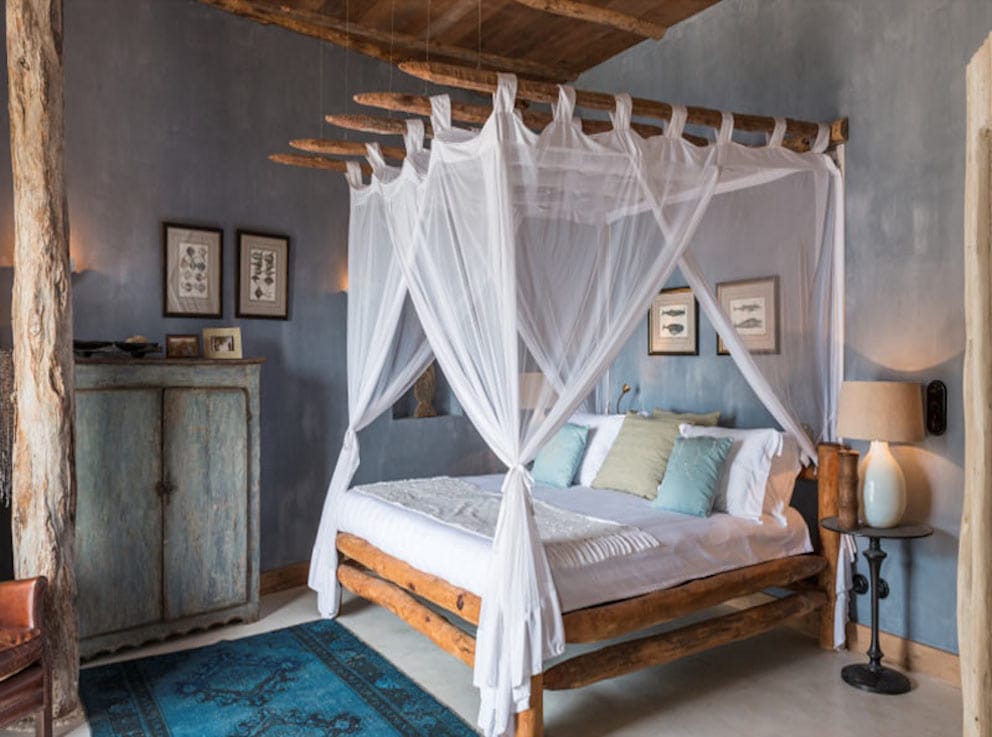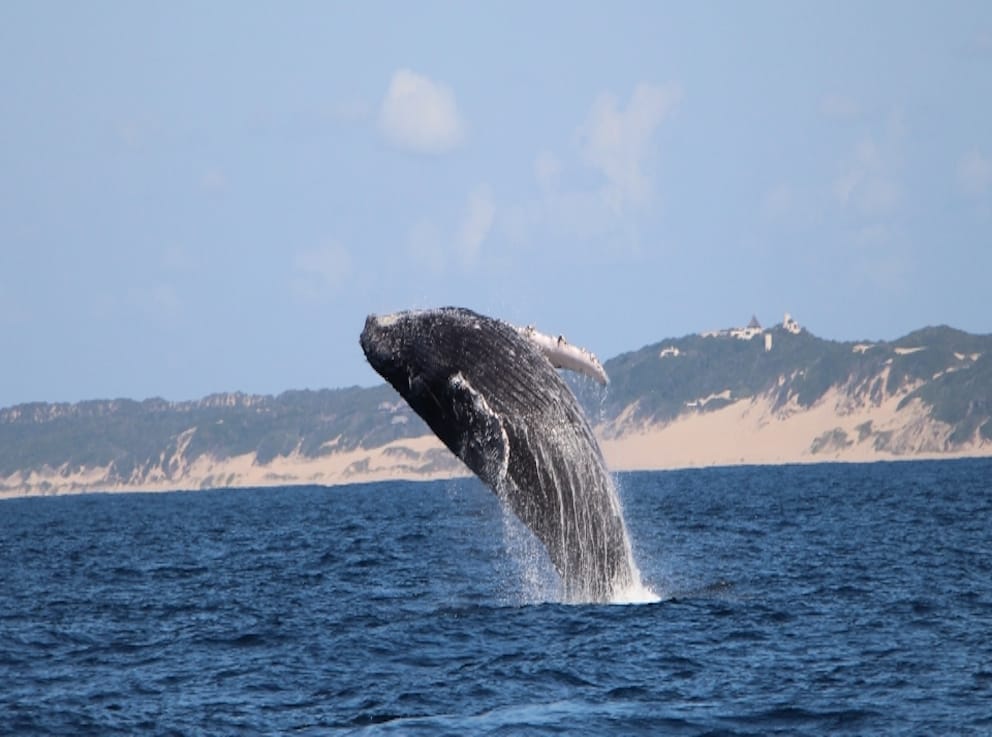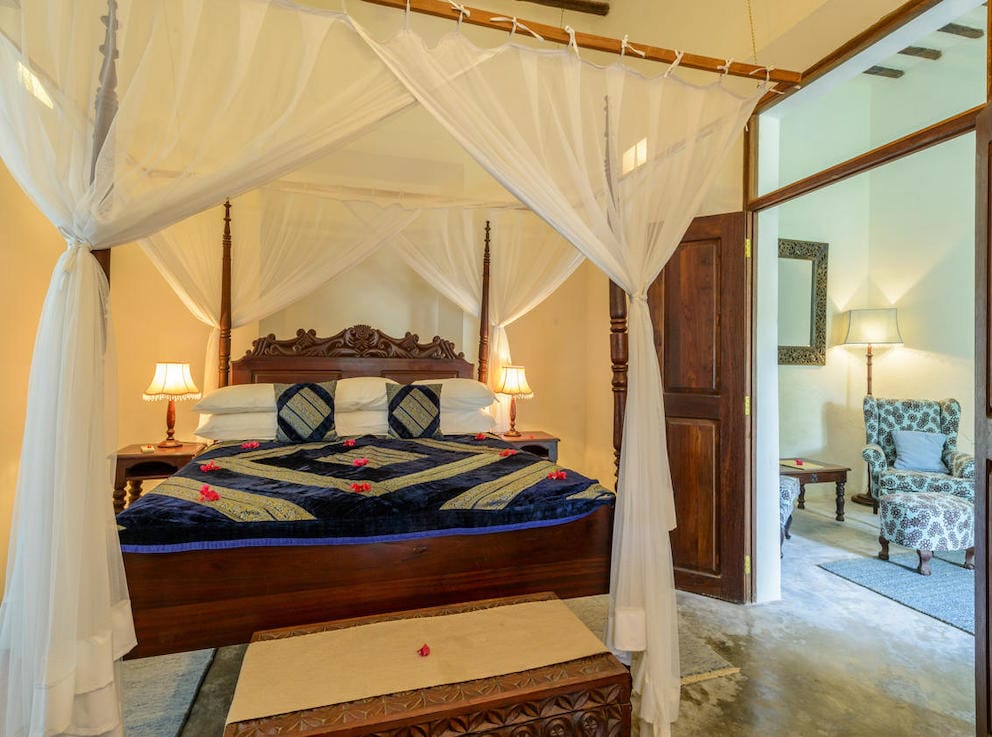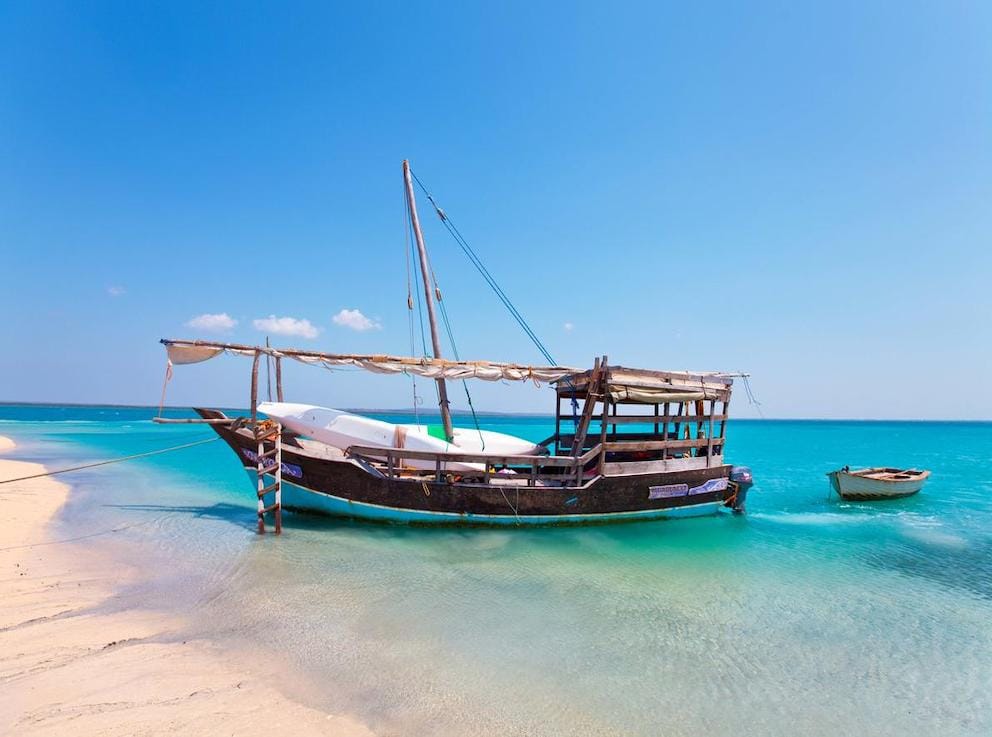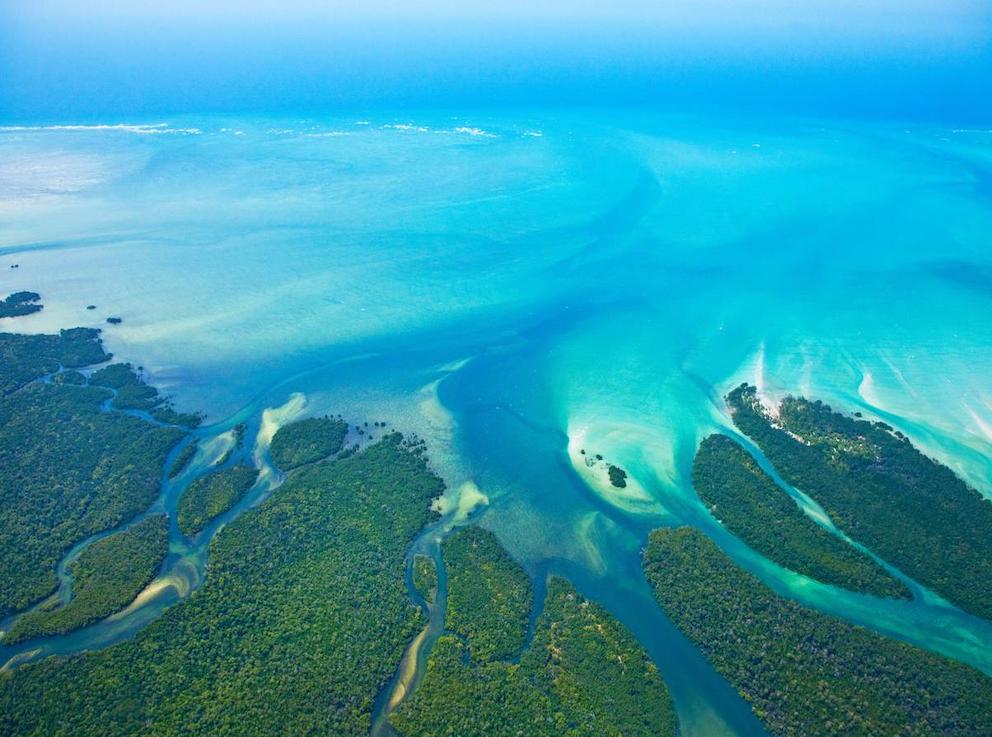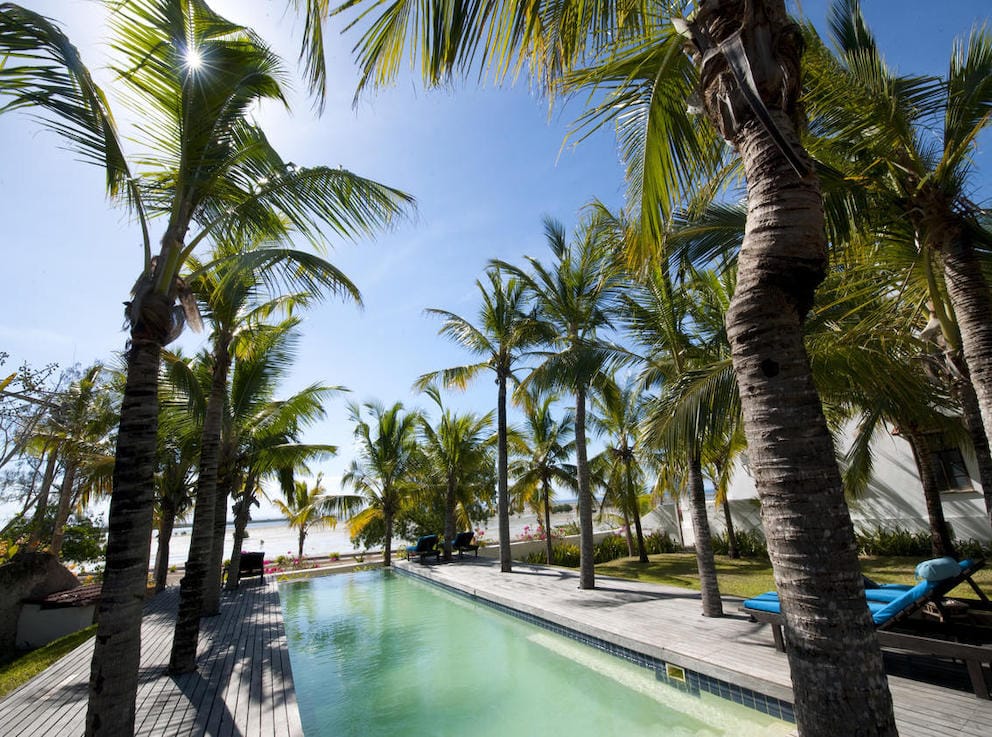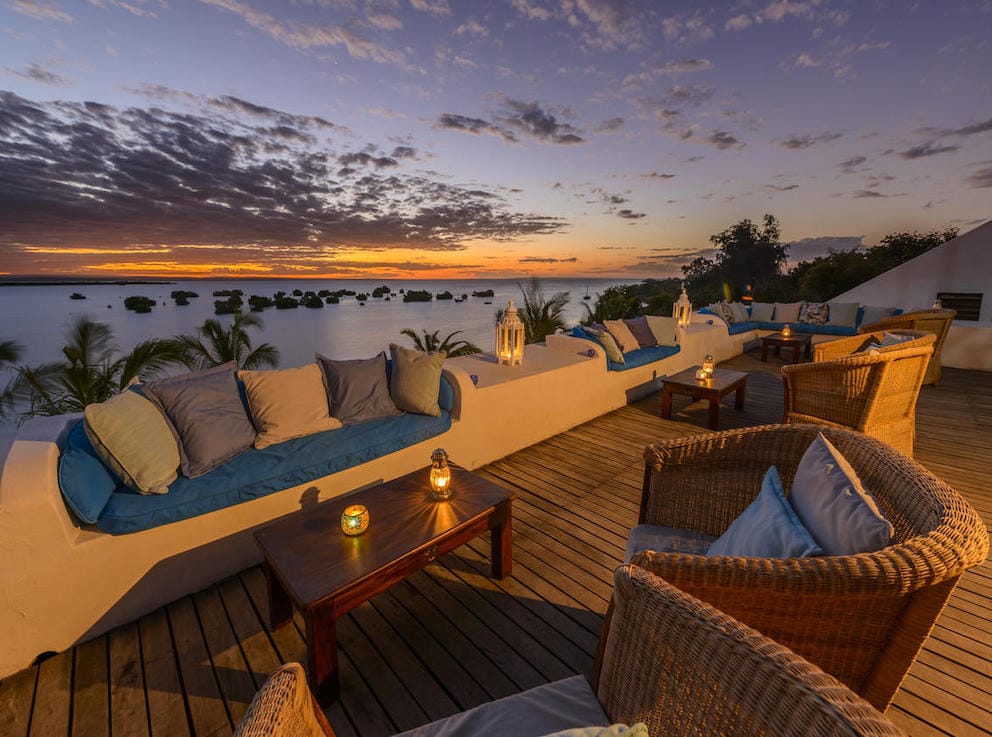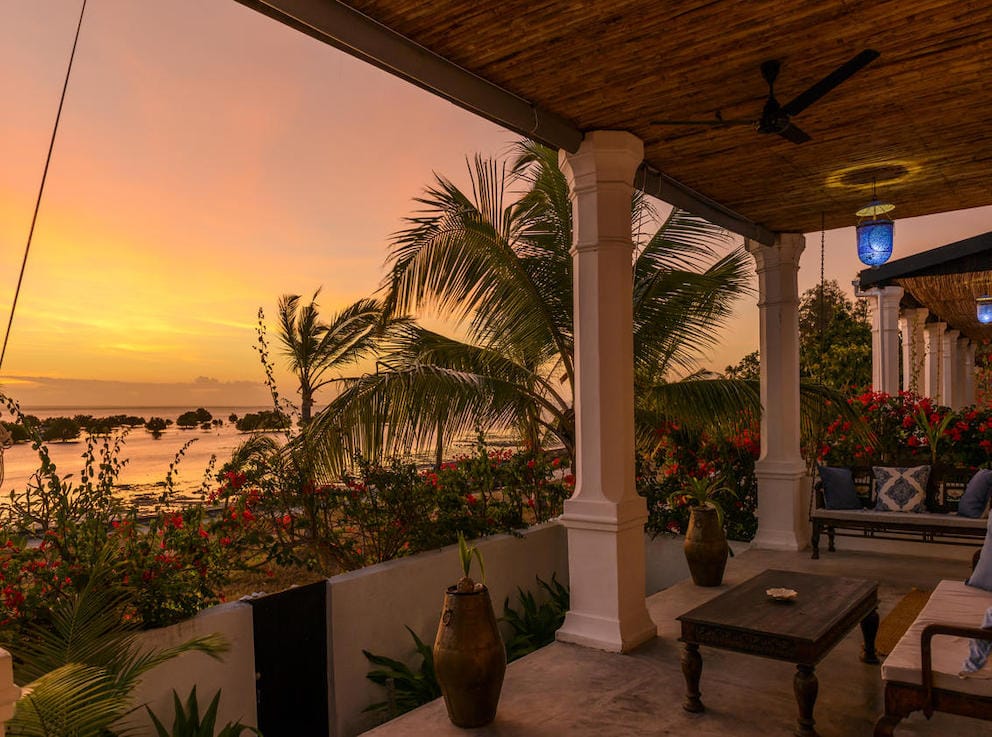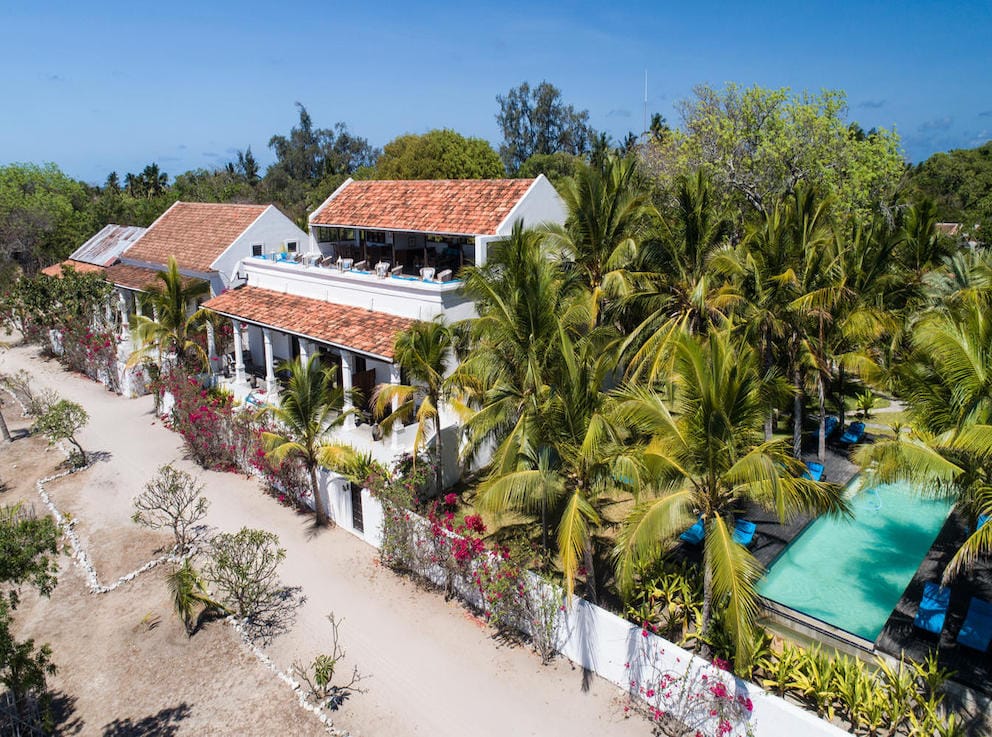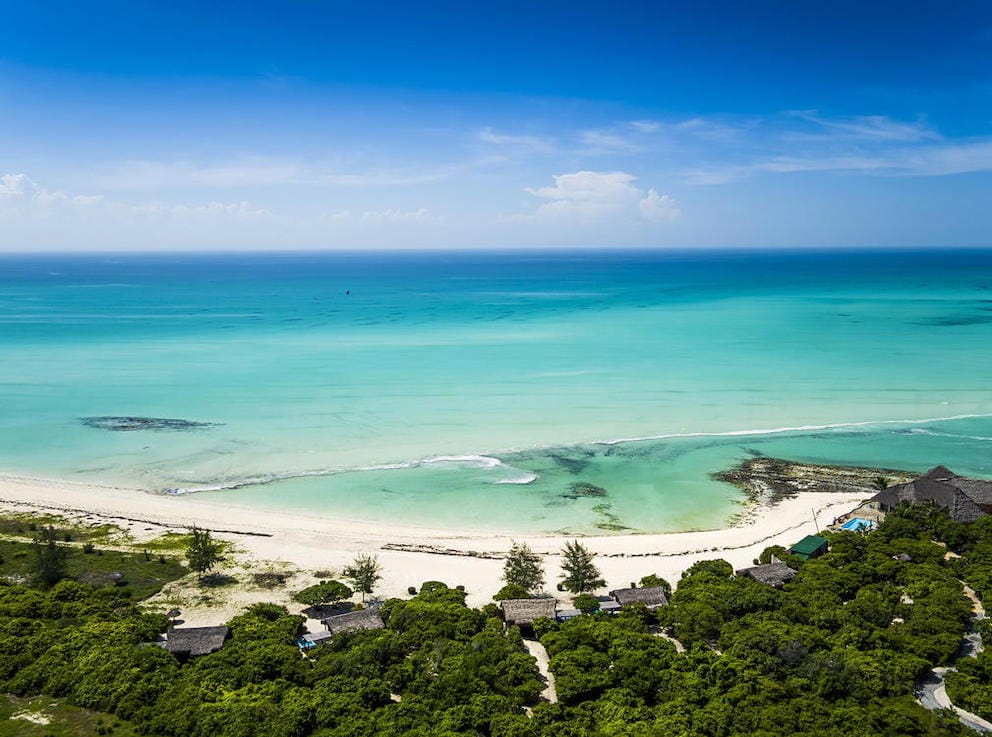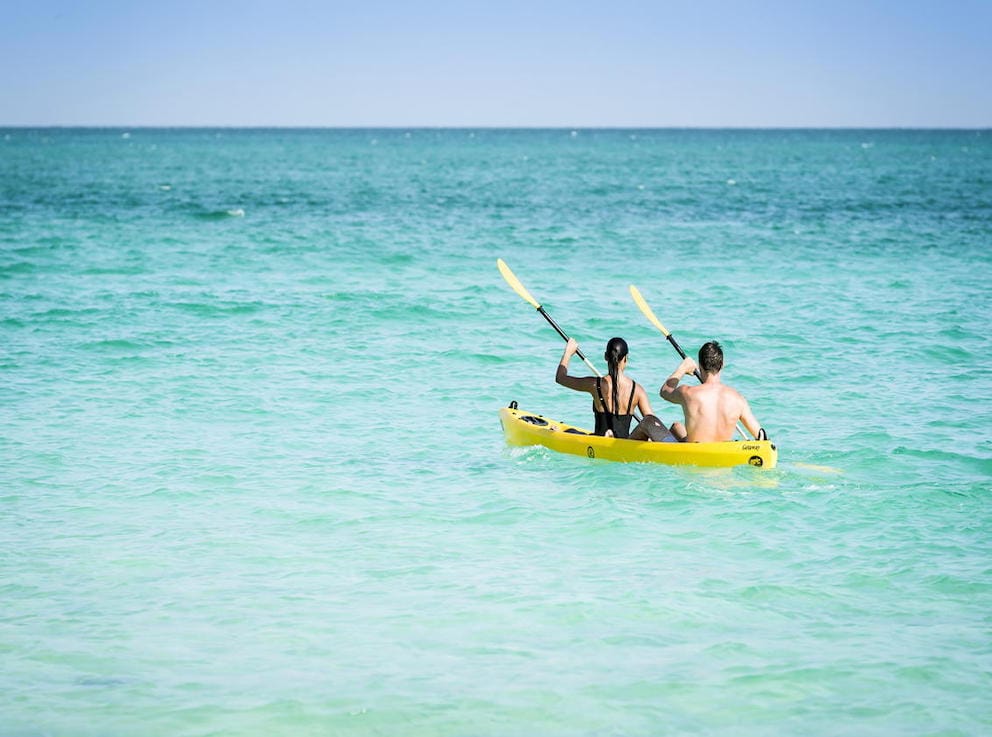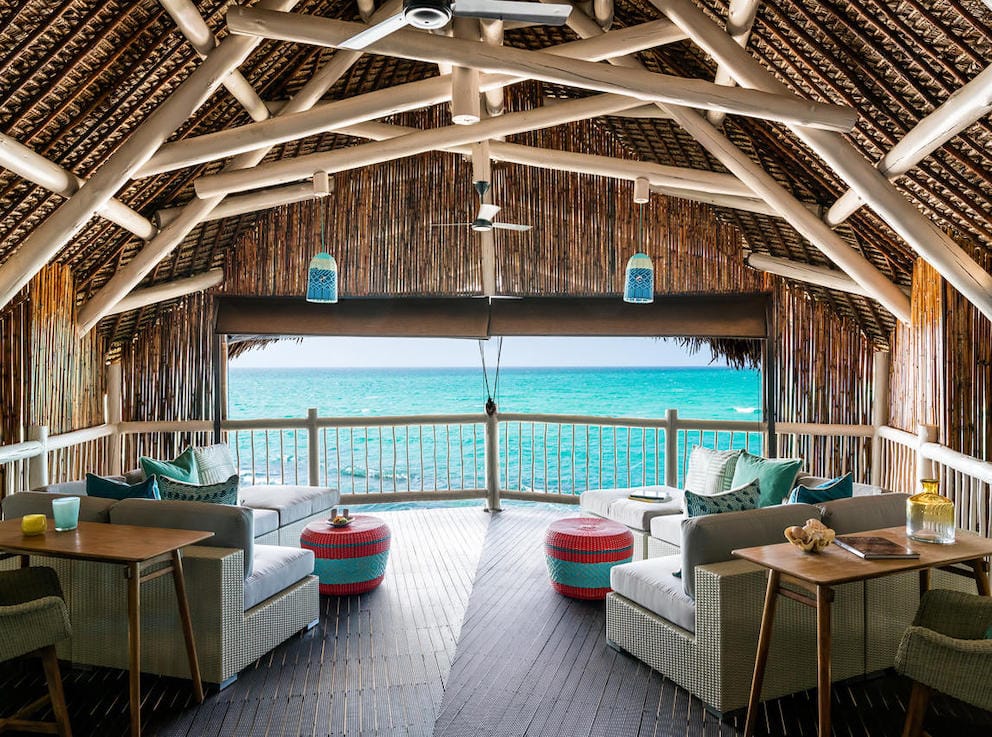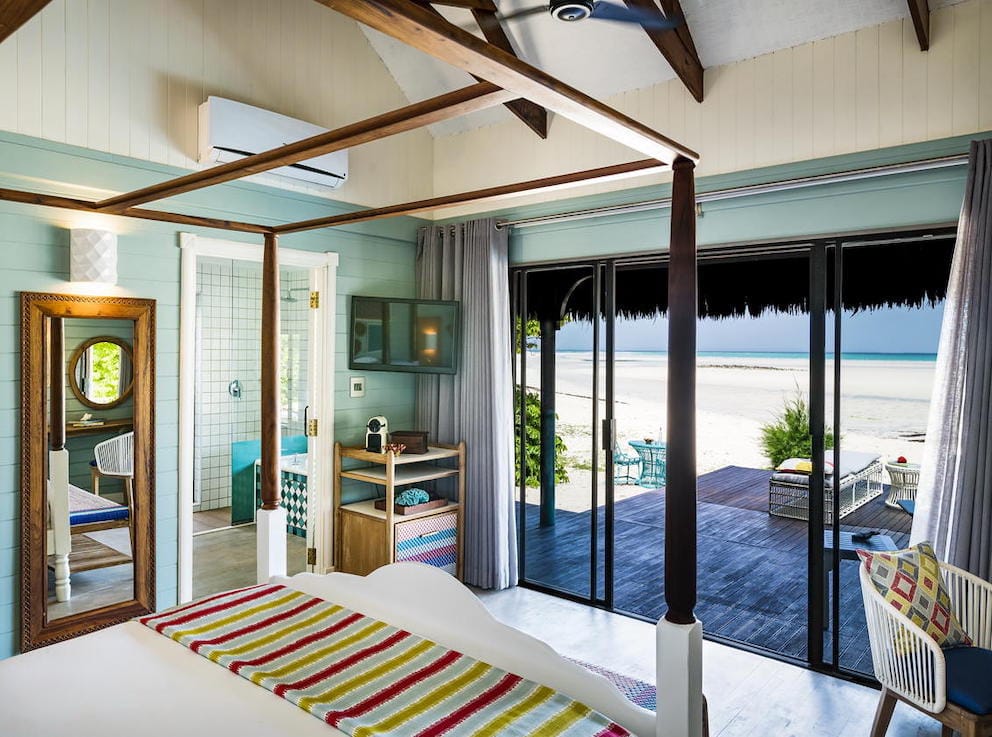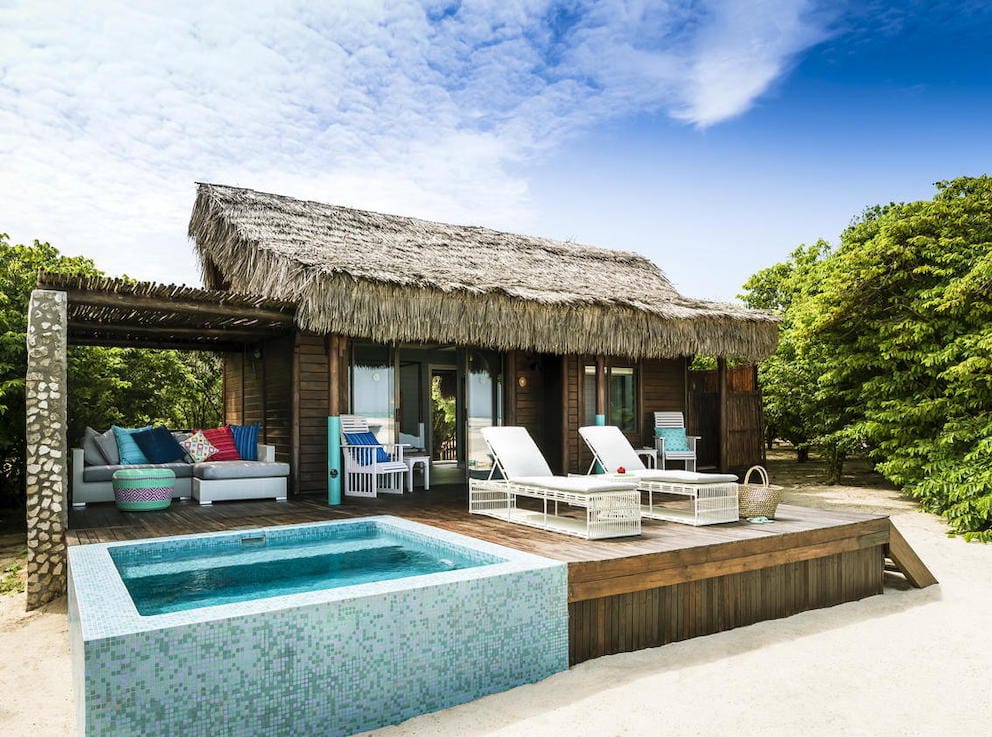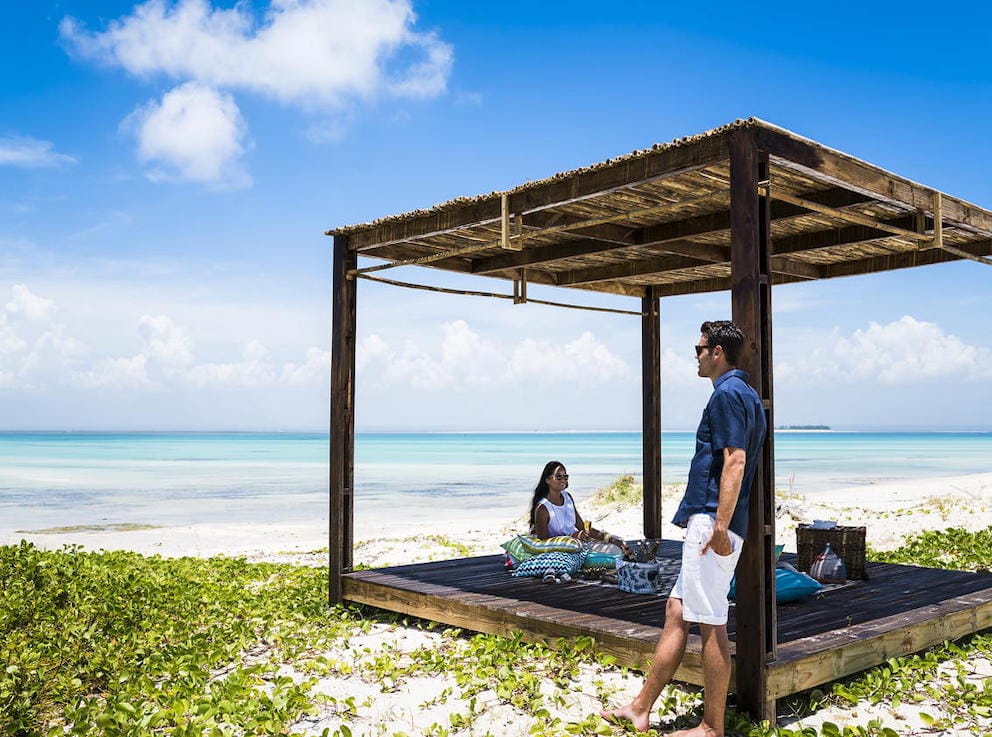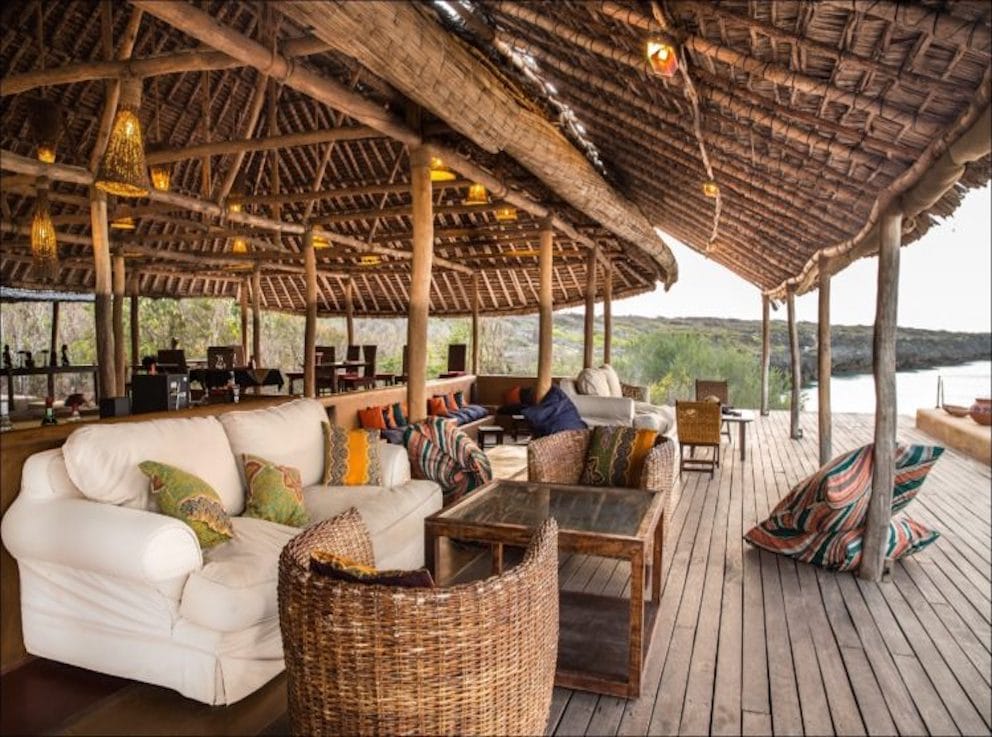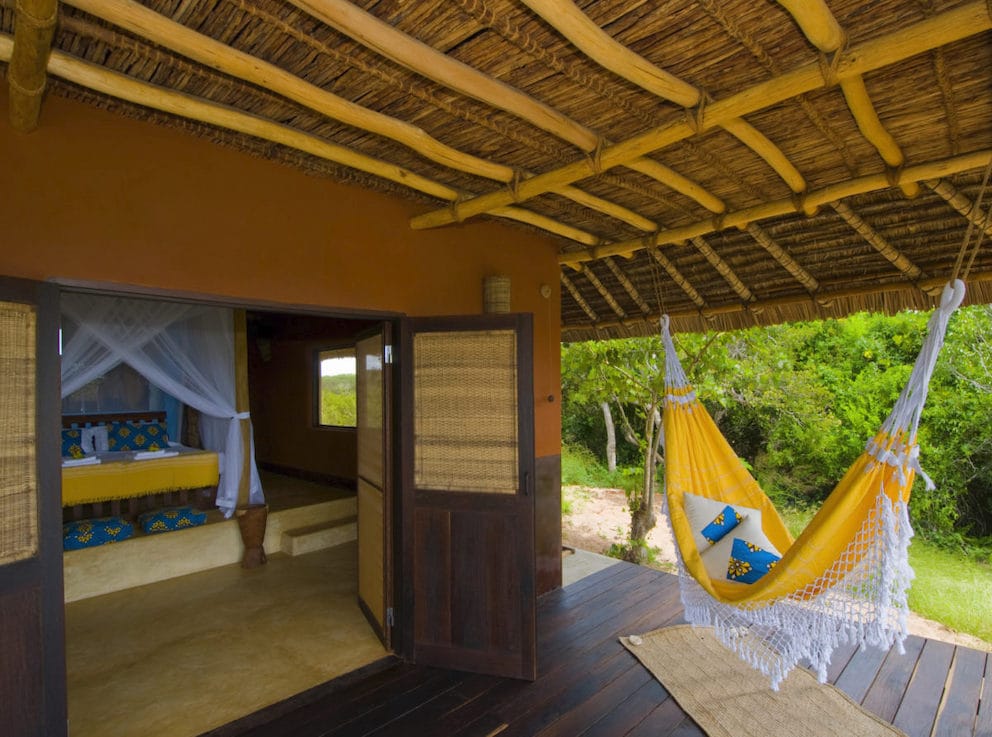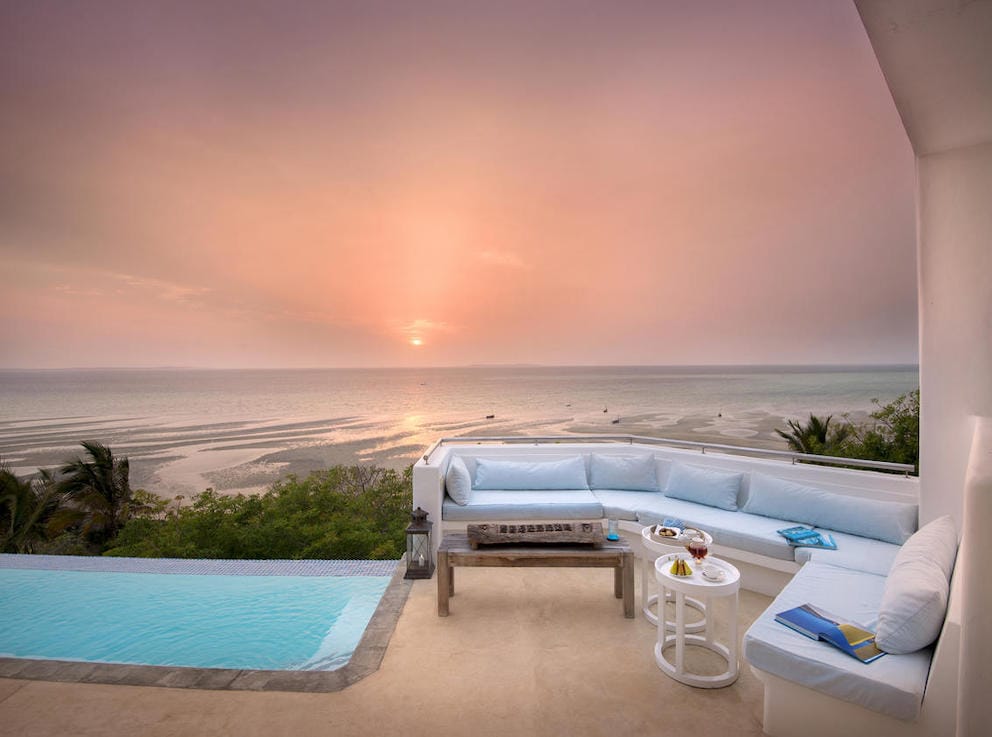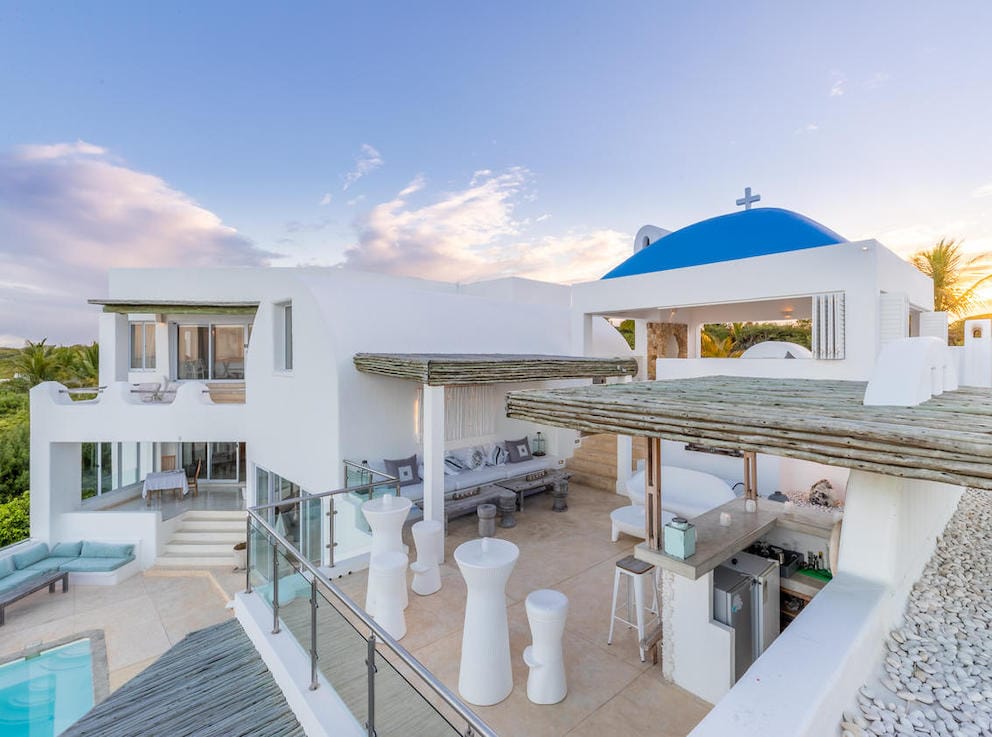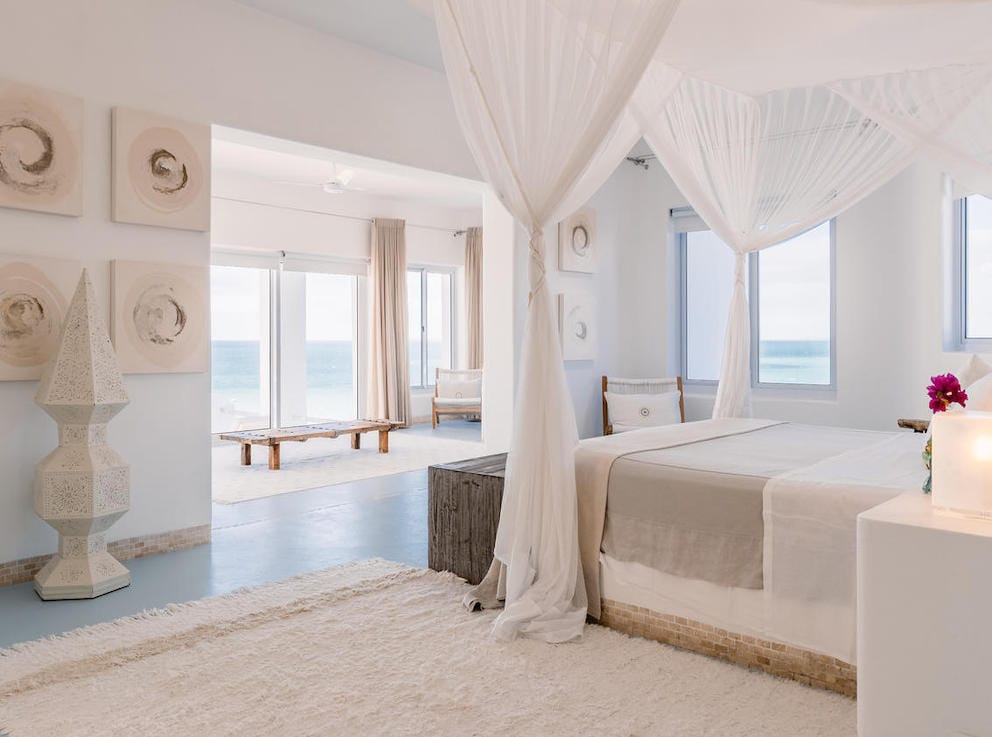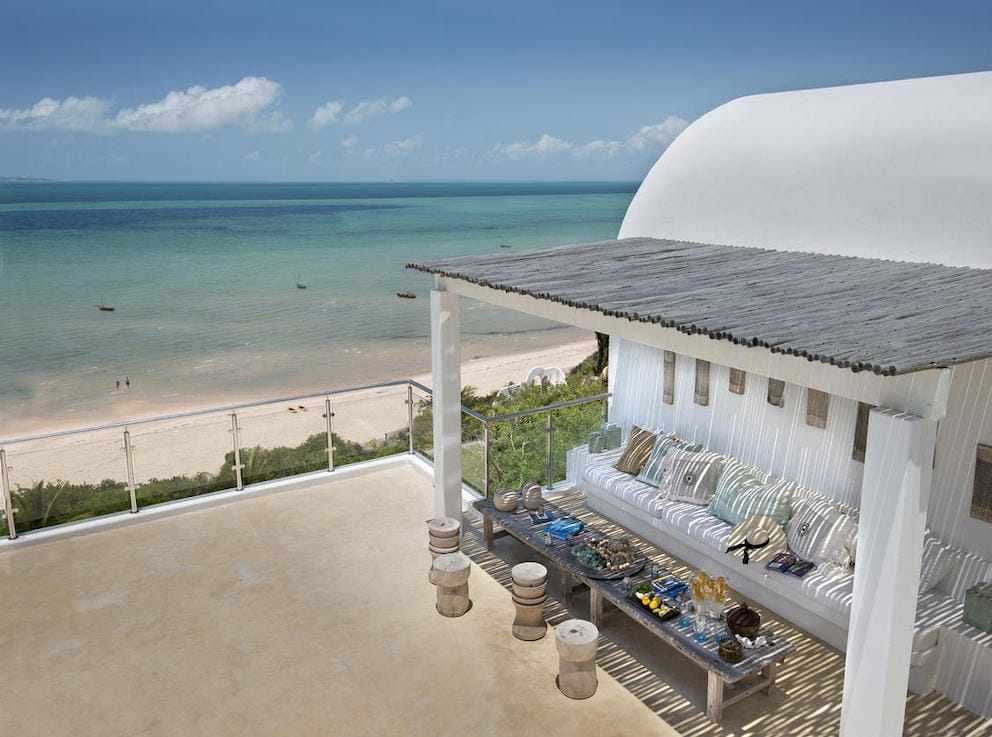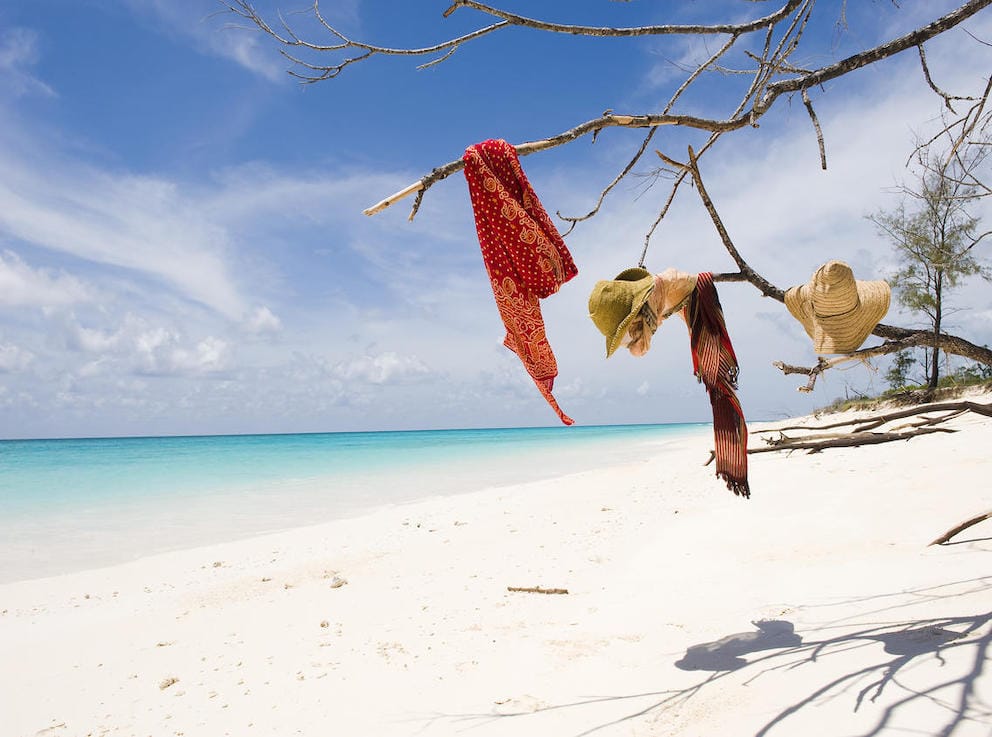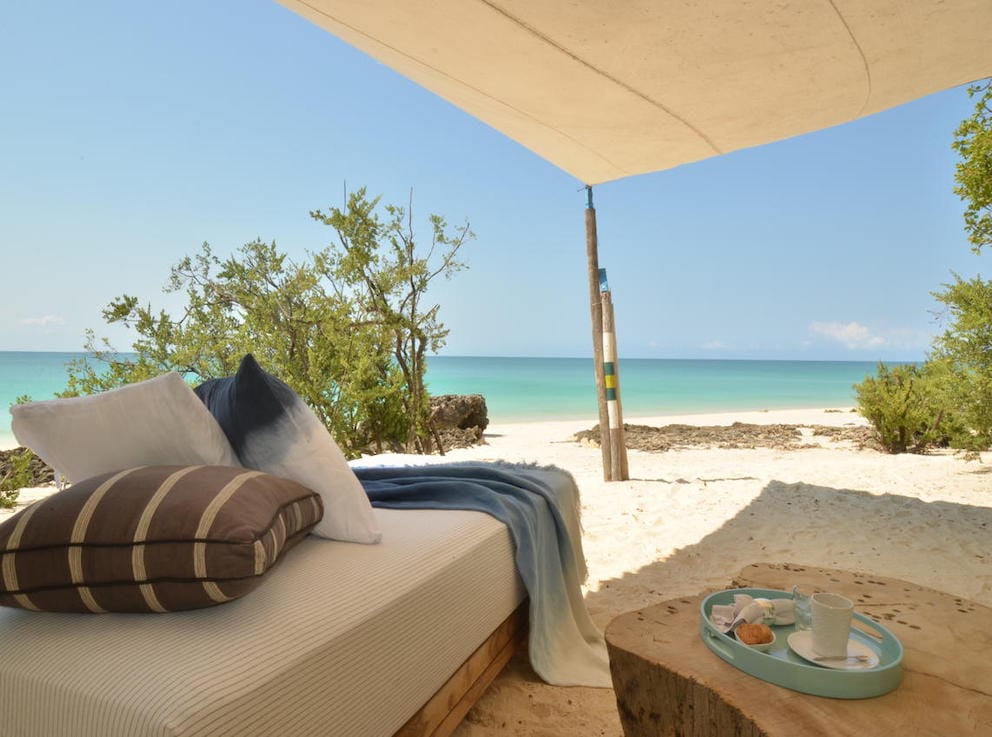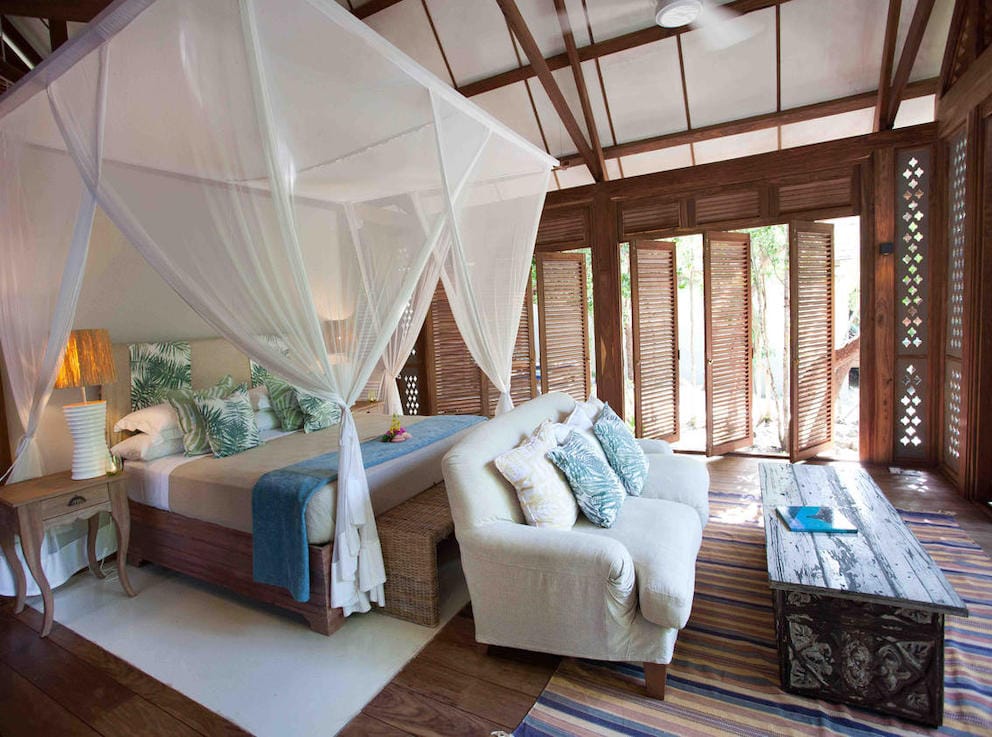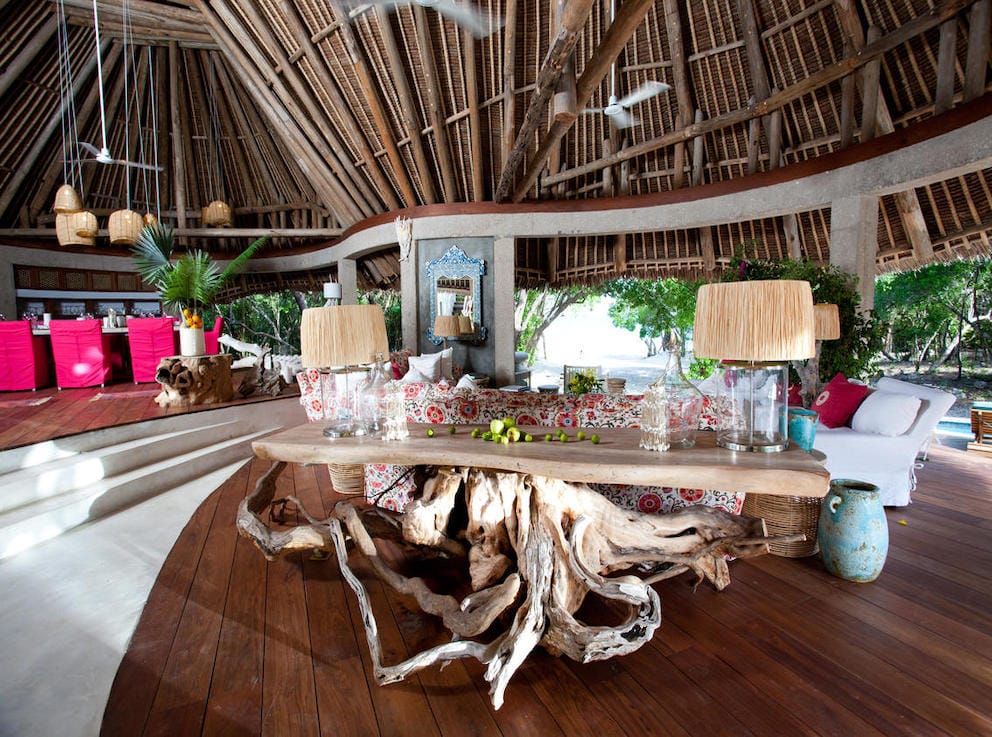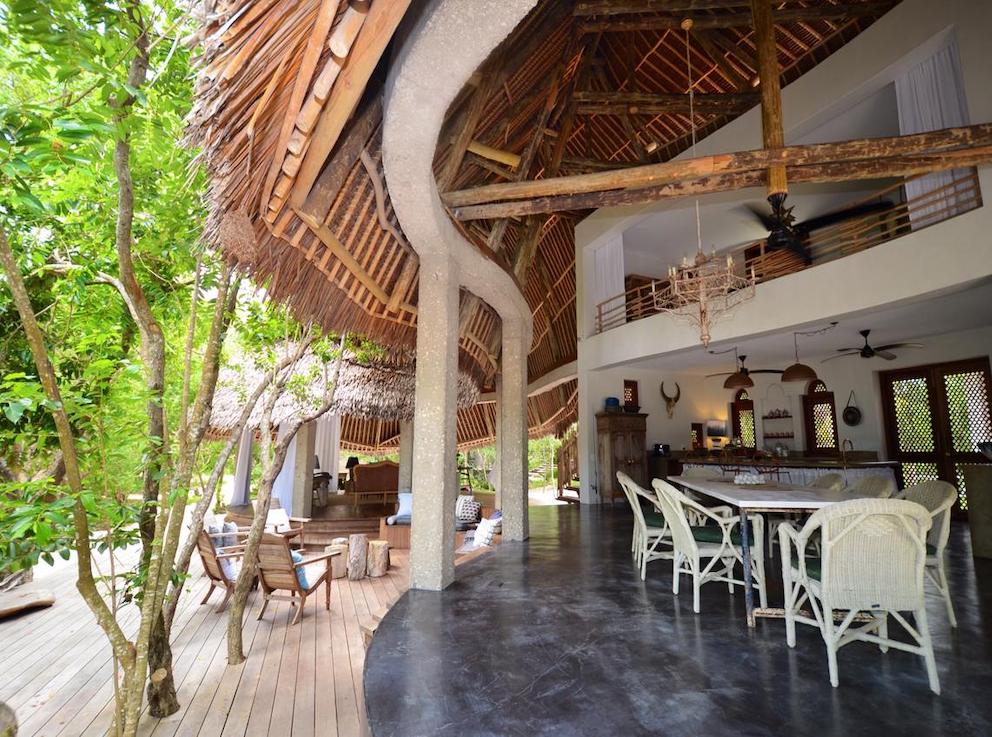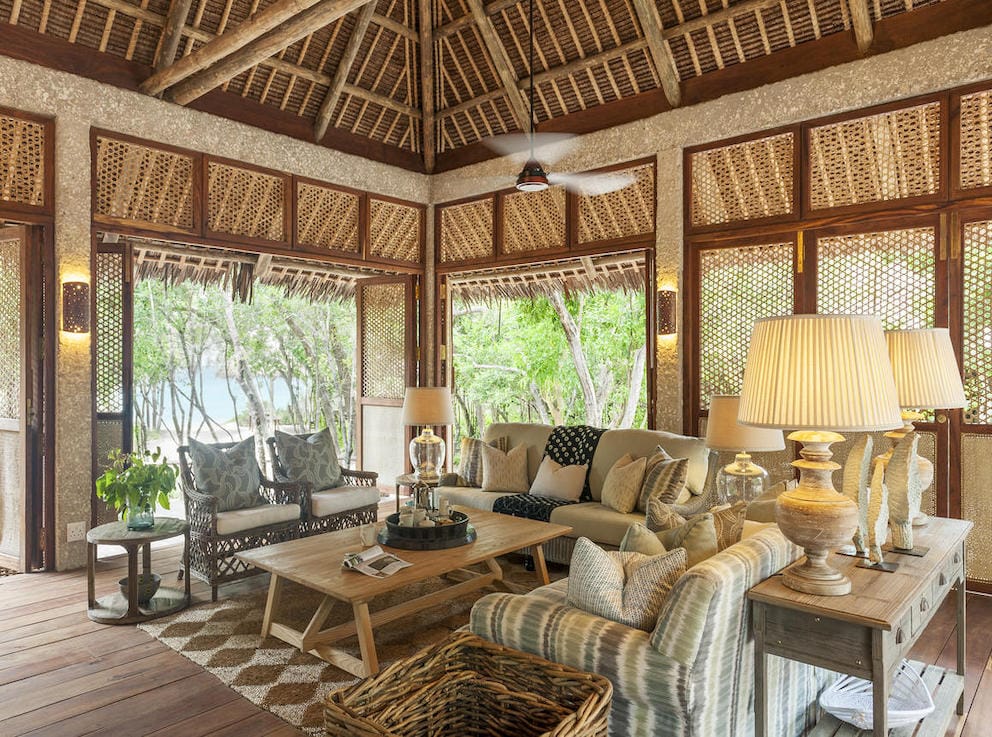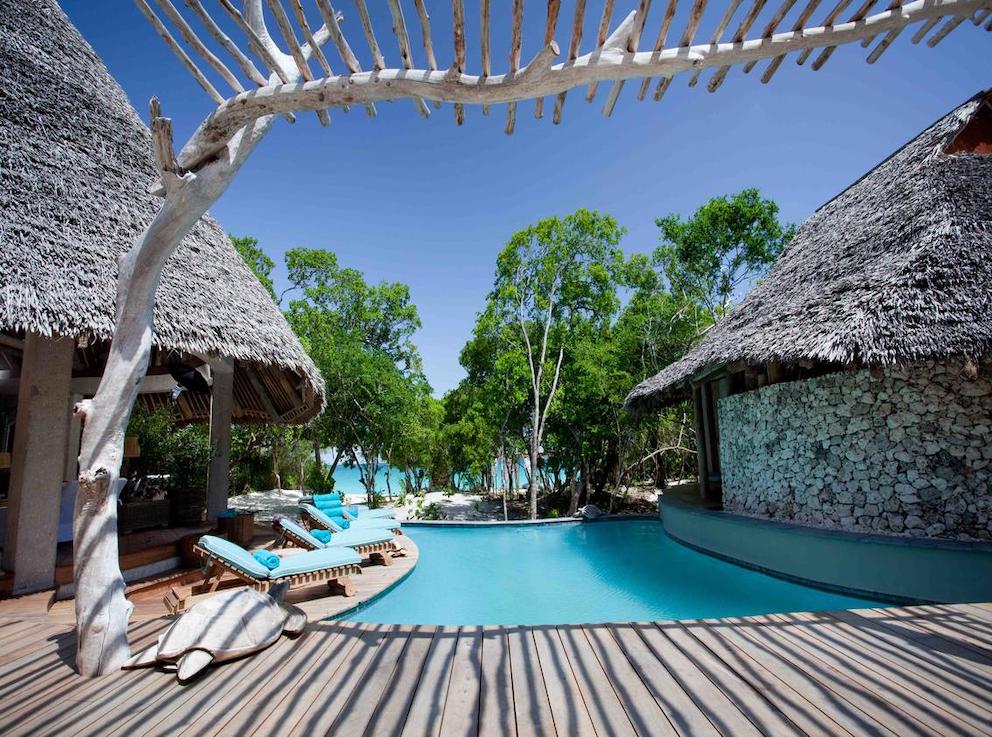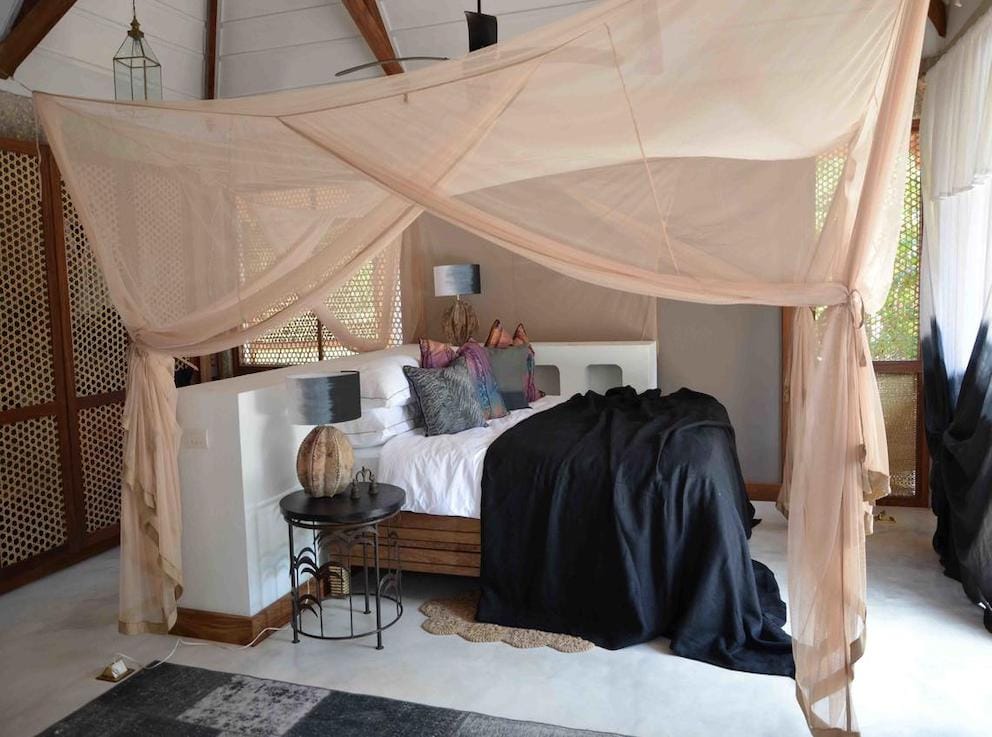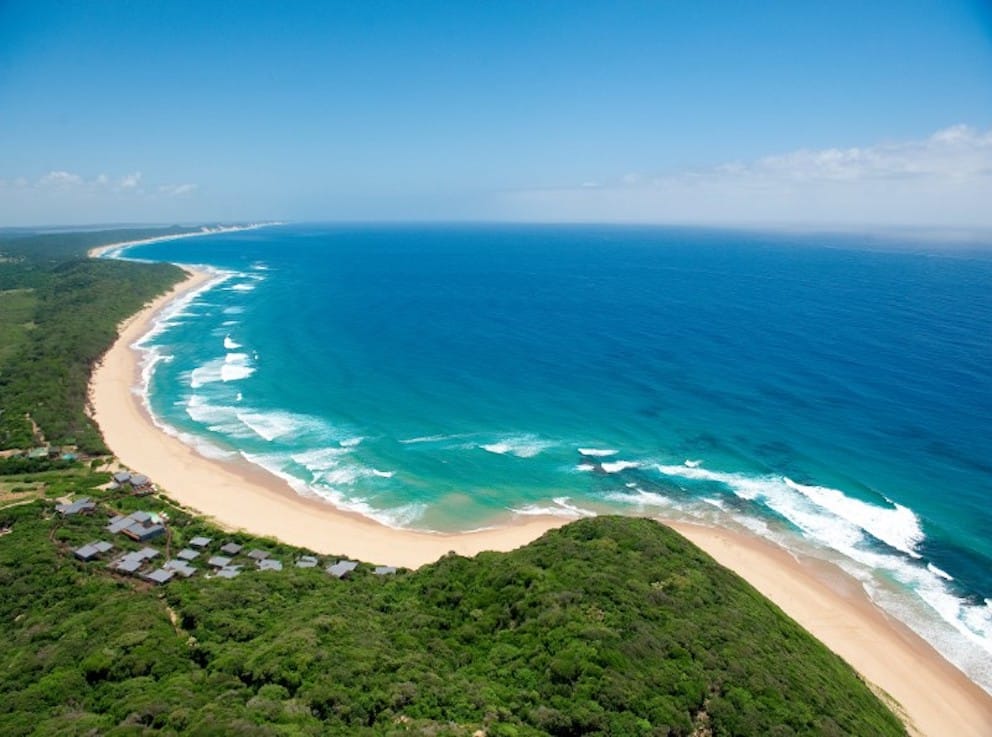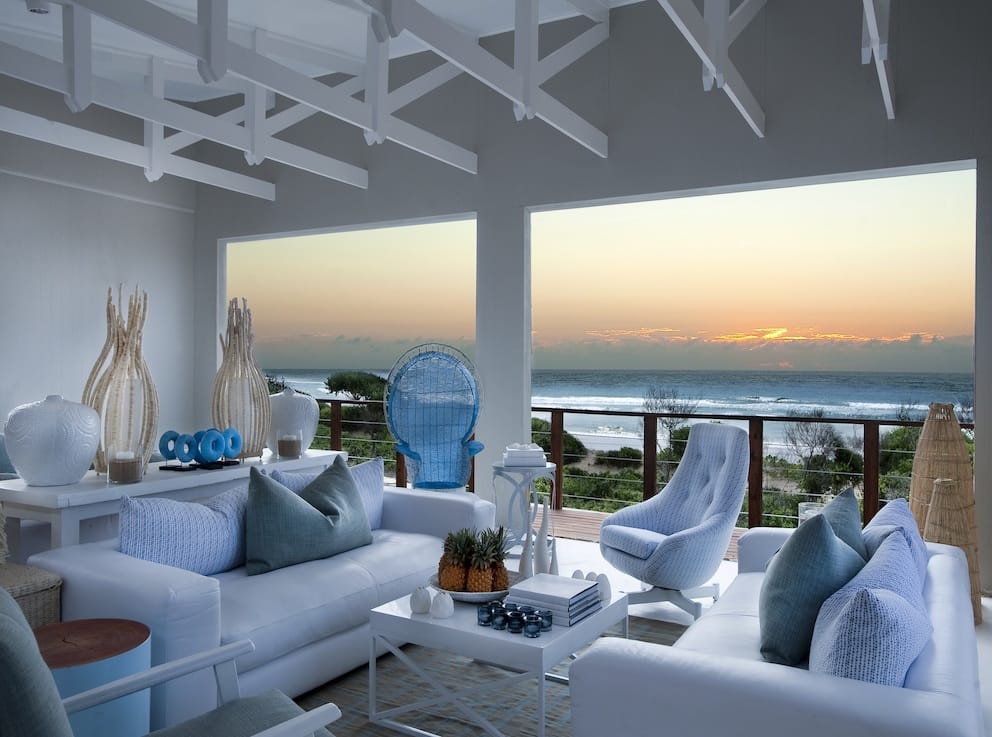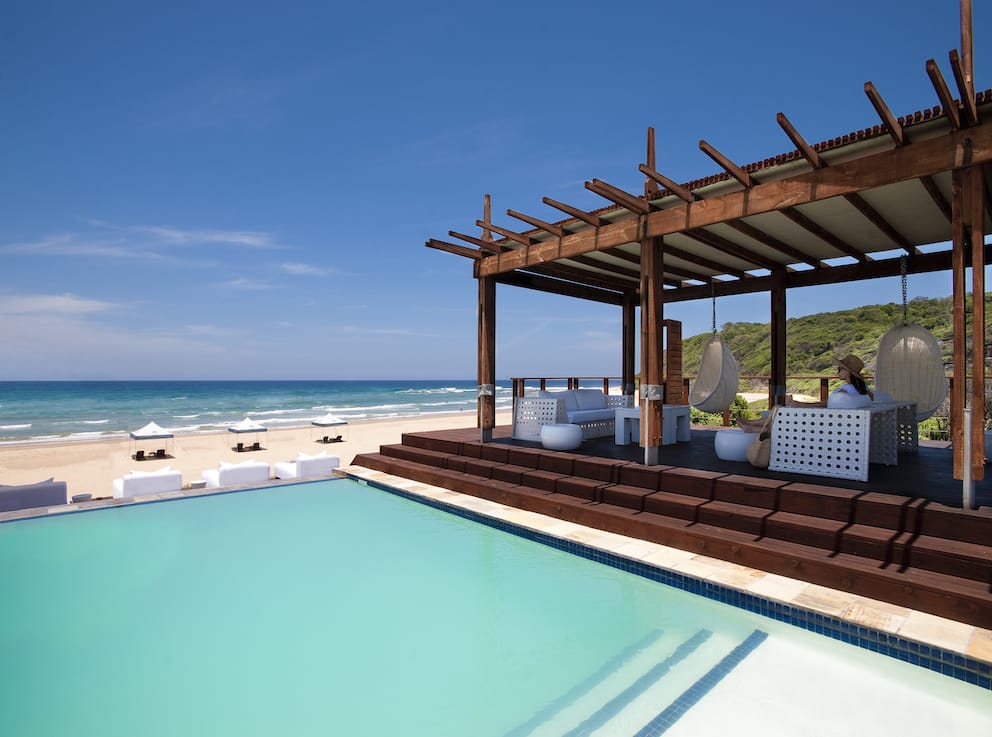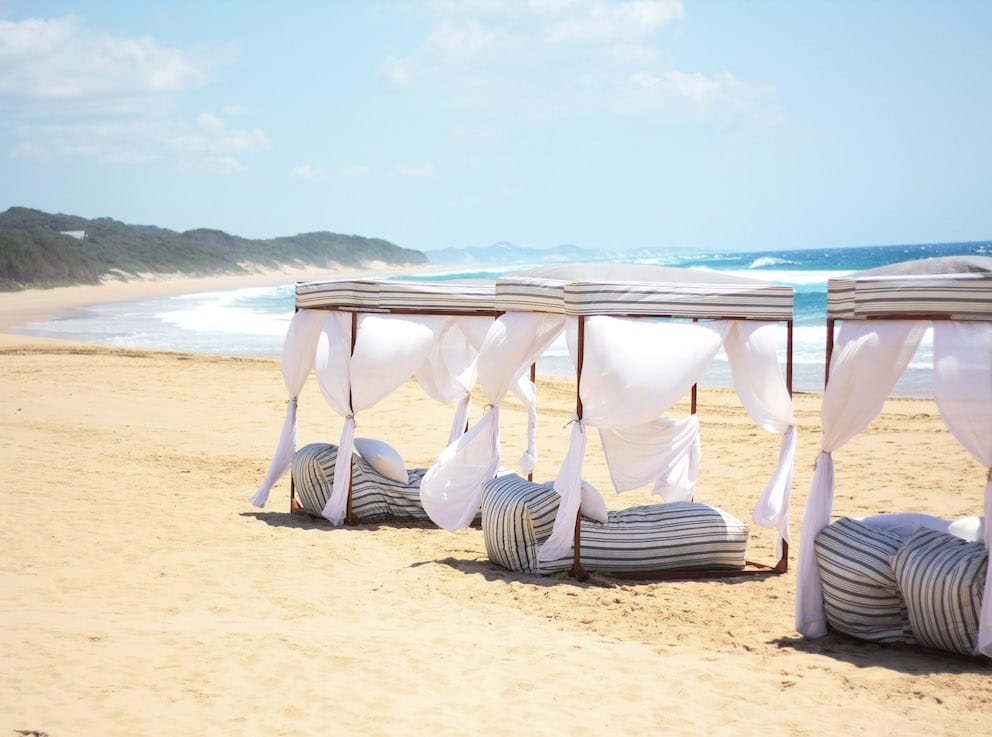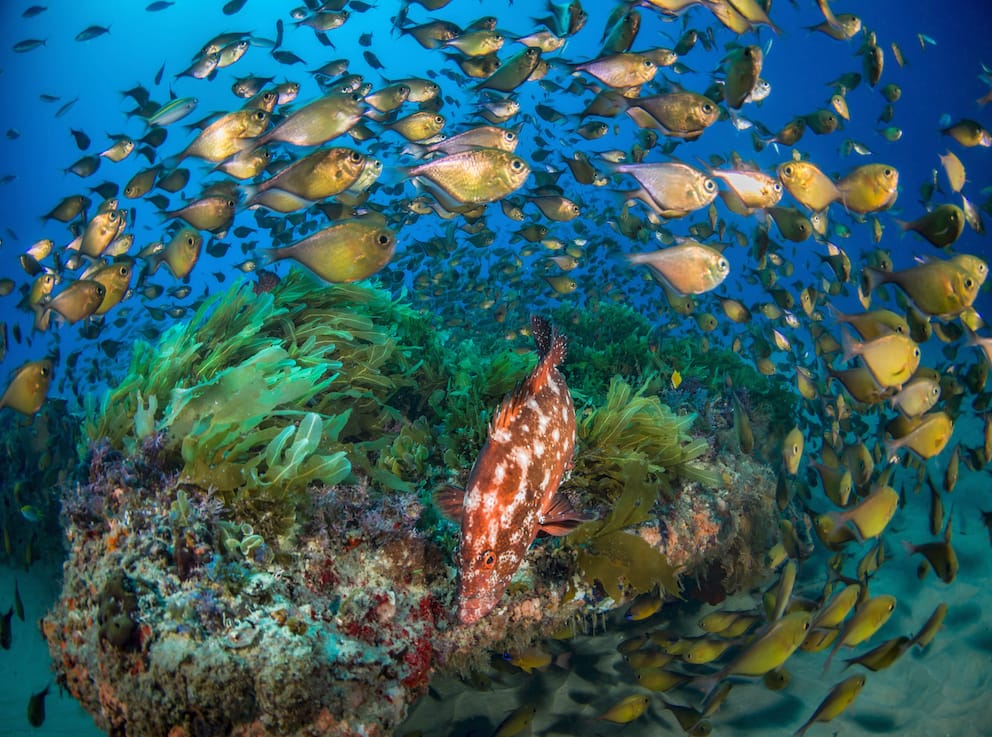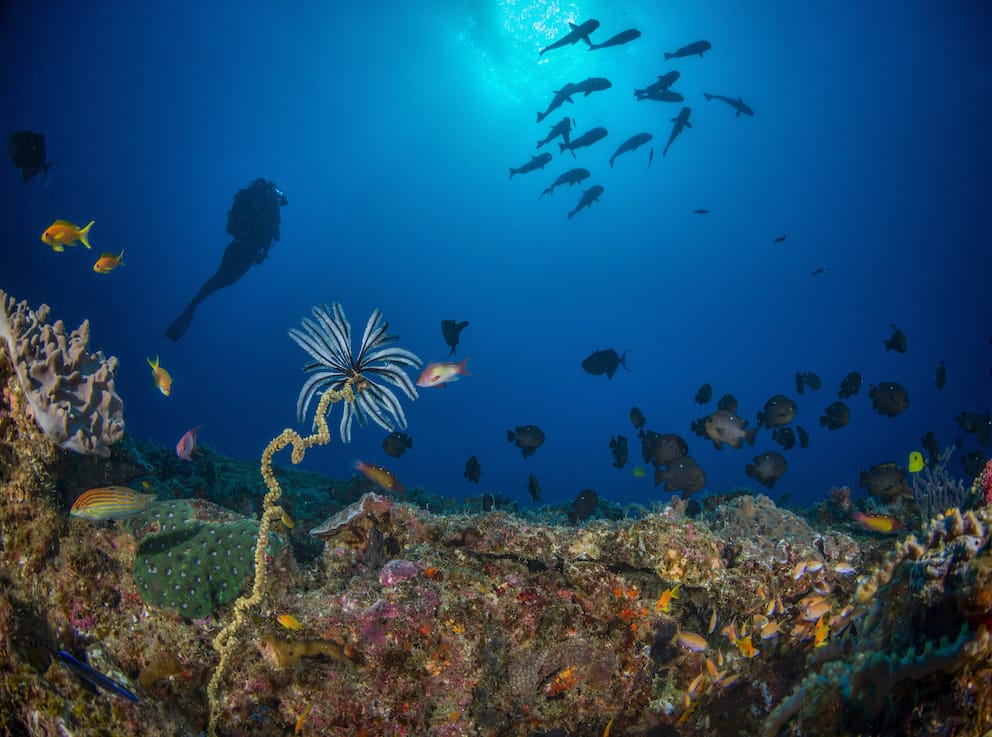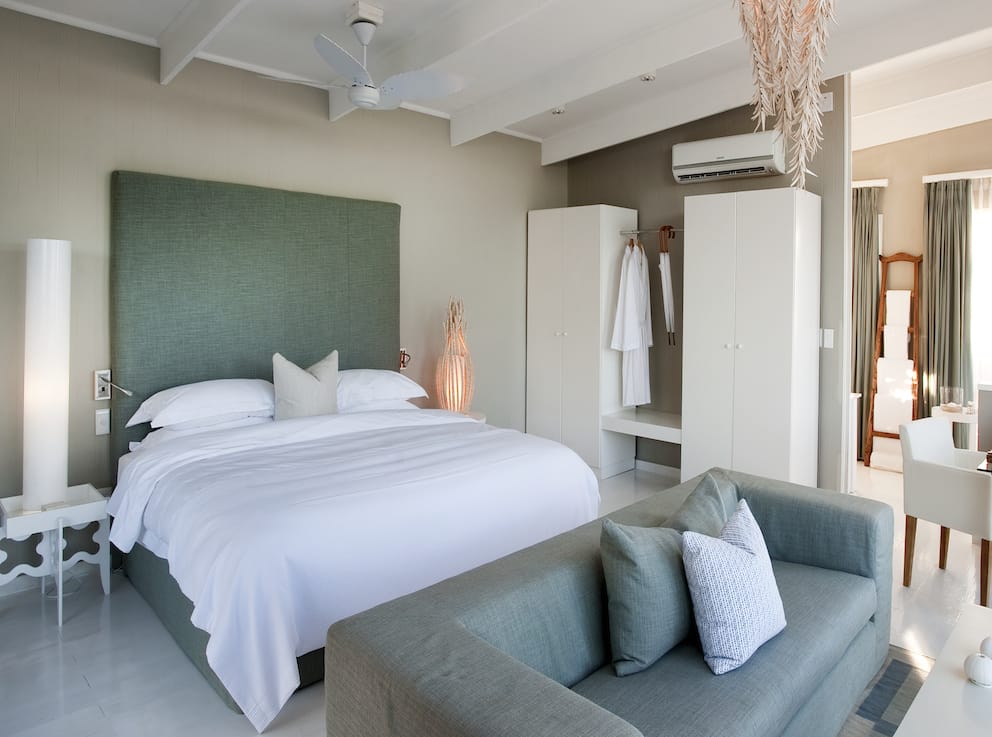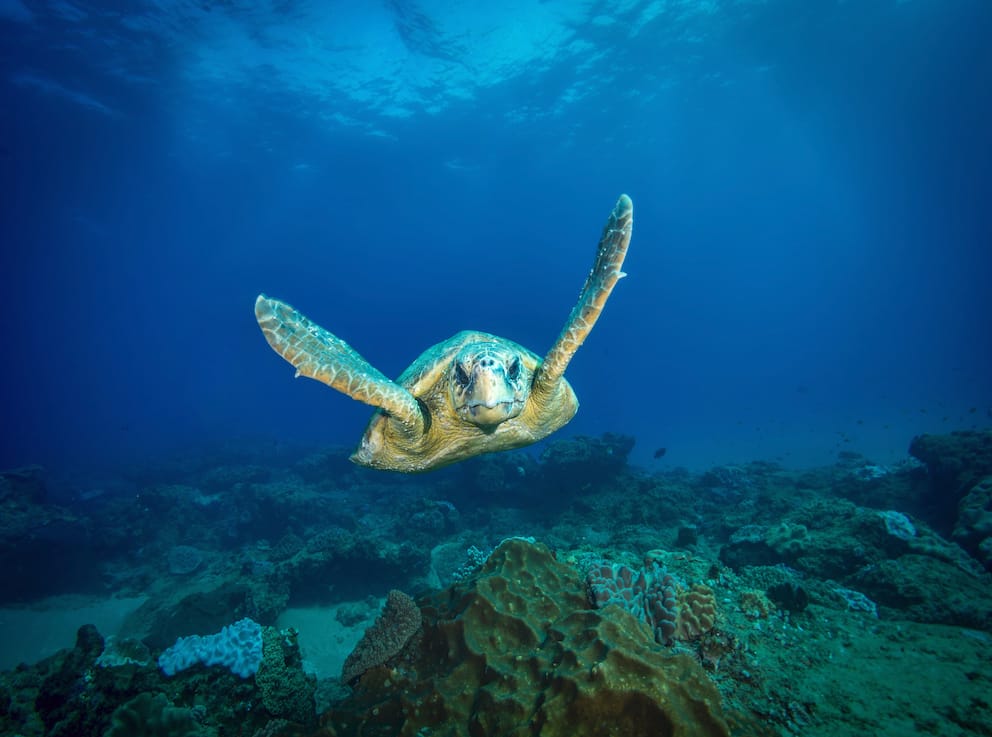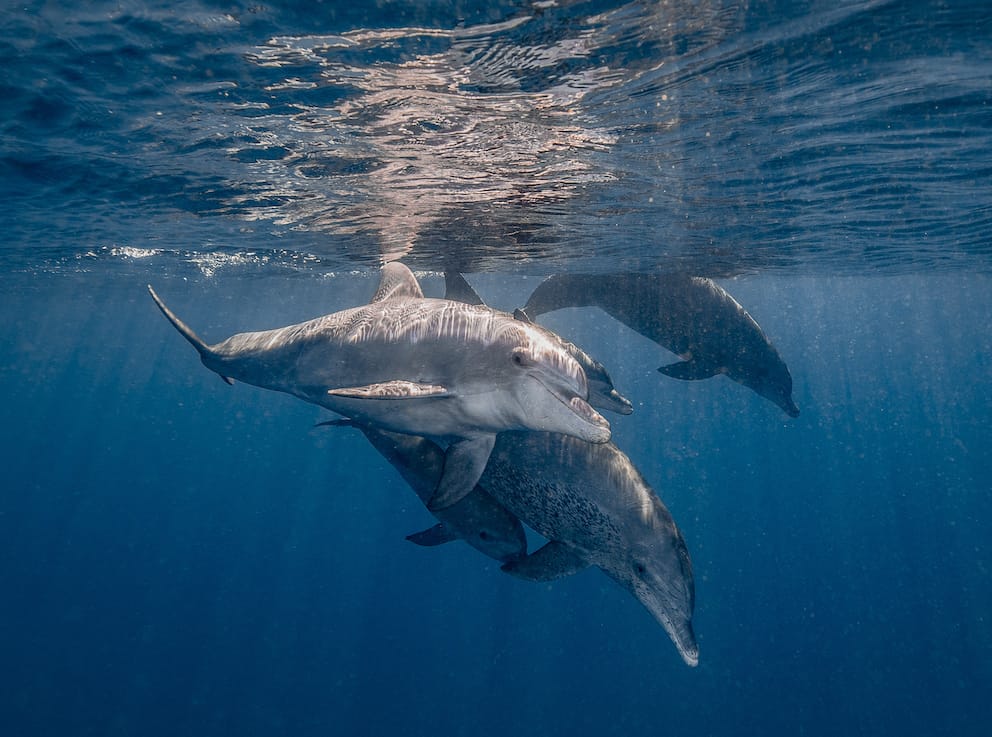Summary
Mozambique is blessed with miles of impossibly beautiful coastline, newly regenerated wildlife areas and layer upon layer of cultural history. While developed enough to offer a handful of exquisite holiday destinations, the sense of luxury here is uncomplicated and honest.
- Pristine marine environments boast iridescent coral reefs, dolphins, turtles, whales and dugongs. The island hopping, diving and snorkelling here is exquisite.
- Mozambique’s history is a complex narrative of pirates, spice traders, Portuguese colonists, Swahili culture and war. The sun-bleached forts and colonial façades whisper of a turbulent past.
- The various wildlife areas have suffered under the pressures of civil war but bounced back to become viable safari destinations. Since the world is yet to re-discover them, they remain wonderfully private.
- Mozambique is not an obvious choice for the average ‘luxury traveller’, and that is precisely its allure. The experiences and accommodation here are of the highest quality yet are joyfully under-marketed.
Areas
Vilankulo & the Bazaruto Archipelago
The sleepy seaside town of Vilankulo is the gateway to the Bazaruto Archipelago, which lazes along the coast complete with leaping dolphins, dugongs and thriving coral reefs.
- Vilankulo (‘Vilanculos’ during colonial times) is a small fishing town with plenty of good beaches, thatched watersports centres and a couple of sandy-floored bars. Its population swells with 4×4-driving tourists during the South African holidays.
- The Bazaruto Archipelago consists of five islands, four of which are entirely sand and none have any roads. The largest, Bazaruto Island, has freshwater lakes supporting crocodiles and flamingos.
- The majority of the archipelago falls within the marine protected area of Bazaruto National Park. The ocean is warm, clear and rich with marine life.
- This is critical dugong habitat and is home to the last population in Africa – approx. 200 individuals – as well as manta rays, whale sharks, pods of dolphins and loggerhead, green and hawksbill turtles. Countless species of fish dart in and out of the pristine coral reefs.
- Though busier and less overtly luxurious than the Quirimbas Archipelago, the Bazaruto offers an excellent standard of accommodation and uncomplicated, laidback luxury.
Take a look at: Azura Benguerra, &Beyond Benguerra Lodge, Santorini Lodge
Gorongosa National Park
Rising from the ashes of civil war, Gorongosa is a shining example of philanthropic conservation in action. It presents an authentic wildlife experience far removed from the pages of any showy holiday brochure.
- Gorongosa sits at the southern tip of the Great Rift Valley, right in the middle of Mozambique. It is well connected by its own airstrip and a well-built highway.
- The landscape is pretty and varied with rivers, lakes, savannahs, forests, seasonally flooded wetlands and limestone gorges.
- It was once known for its great lion prides, elephants and rhinos but suffered terribly during the civil war when 95% of the wildlife was wiped out. A population of 3,500 zebras was reduced to just nine lonely individuals.
- The Gorongosa Restoration Project is a joint venture between the government of Mozambique and the not-for-profit Carr Foundation which has seen wildlife reintroduction and reforestation on a grand scale.
- Animal populations are bouncing back and numbers of herbivores including elephants and buffalos are healthy. Lions and leopards are recovering at a steady rate and African wild dogs have just been reintroduced.
- Accommodation options are limited. The style is wild and expeditionary, reminiscent of the early days of African exploration under canvas.
- While Gorongosa cannot promise a wildlife experience to rival that of East Africa quite yet, it tells a story of courage, resilience and optimism. This is real Africa, marching forward.
Ilha de Moçambique
Though just 3km long and 500km wide, Ilha de Moçambique was once one of the most important trading posts of East Africa. Since the tenth century, Africans, Arabs, Europeans and Indians alike have all made their mark on this microcosm of global history.
- Despite its tiny size this fortified city island was a vital Arabic trading post en route to India and acted as the country’s capital during its time as ‘Portuguese East Africa’. The result is a cultural bazaar of Portuguese fortifications, mosques and museums bursting with pirates’ treasure.
- The island is connected to the mainland by a 3km bridge and is best reached by road. It is listed as a UNESCO world heritage site for its remarkable ‘international historic importance’.
- The north is characterised by the Swahili, Arab and European architecture of Stone Town, set quietly beneath the ramparts of the formidable fortress of São Sebastião. One can almost sense the ghost ships docking, laden with gold, ivory, spices and slaves.
- The fort is home to the Chapel of Nossa Senhora de Baluarte, thought to be the oldest European building in the southern hemisphere.
- The south is populated by a subsistence fishing community of around 14,000 people and a bustling sprawl of mud-built dwellings called Macuti Town.
- The whole island is perfectly safe and friendly. Visitors are rare enough to warrant polite curiosity, especially from children, but there is no ‘show’ put on for tourists.
Quirimbas Archipelago
Strung along Mozambique’s far north coast the Quirimbas Islands are remote, exclusive and utter paradise. Picture sand so fine it squeaks beneath your feet, neon fish darting over coral reefs and a history worthy of any Treasure Island adventure.
- The Quirimbas National Park protects mangroves, coral reefs, beaches, critical turtle habitat and key dolphin and whale nursery areas, as well as vital elephant migration routes on the mainland.
- The archipelago comprises 32 islands, each with its own unique character. Medjumbe in the north for example is known for its coral beaches, Quirimba for its plantations, and Quilaluia in the south for its baobab trees.
- Ibo Island was a key trading port connecting East Indian, Arabic, African and European trade routes. Its façades and forts remain, sun-bleached and crumbling but beautiful.
- The seafood is sublime. Expect fresh lobster, calamari and tuna sashimi accompanied by crunchy cashews, chillies and swollen coconuts.
- Most best way to explore is to island hop aboard a traditional dhow boat, diving and snorkelling the pristine coral reefs en route.
- Most beach-seeking visitors to Mozambique head to the more accessible Bazaruto Archipelago. This keeps the Quirimbas quiet and highly exclusive with unashamedly luxurious accommodation to match.
Take a look at: Azura Quilalea, Ibo Island Lodge, Medjumbe Private Island, Vamizi Island
Maputo (& Machangulo Peninsula)
Maputo superseded Ilha de Moçambique as the country’s capital in 1898 and thereafter embarked headlong on a cycle of boom and bust. Today it has emerged, energized and ready to welcome visitors.
- Fuelled by the oil and gas industries, Mozambique today has one of the world’s fastest-growing economies and it’s starting to show. Investment in Maputo has seen high rises, hotels and designer shops spring up alongside the lively traditional culture.
- Great architectural works erected through historic boom periods include the neo-classical Central train station, the white art deco cathedral, Thomas Honney’s Tundura Gardens and Gustav Eiffel’s The Iron House.
- The city is highly walkable and locally-guided tours take in the history of Mozambique’s liberation, the city’s striking architecture and even the local jazz scene.
- The Polana Serena Hotel is Maputo’s ‘Grande Dame’, designed by English architect Sir Herbert Baker and built in 1922 by the Portuguese to bring glitz and glamour to the city. The hotel remains one of the finest on the continent.
- The food is fantastic. Fine-dining restaurants sit cheek-by-jowl with street food eateries and buzzing bars. An espresso and a pastel de nata make the ideal mid-morning snack.
Take a look at: White Pearl Mozambique
Access
International:
Fly to Johannesburg and connect with daily services to Vilankulo, Pemba or Maputo
Internal:
Road transfers work for short distances; boats or helicopters are best for remote destinations or islands.




